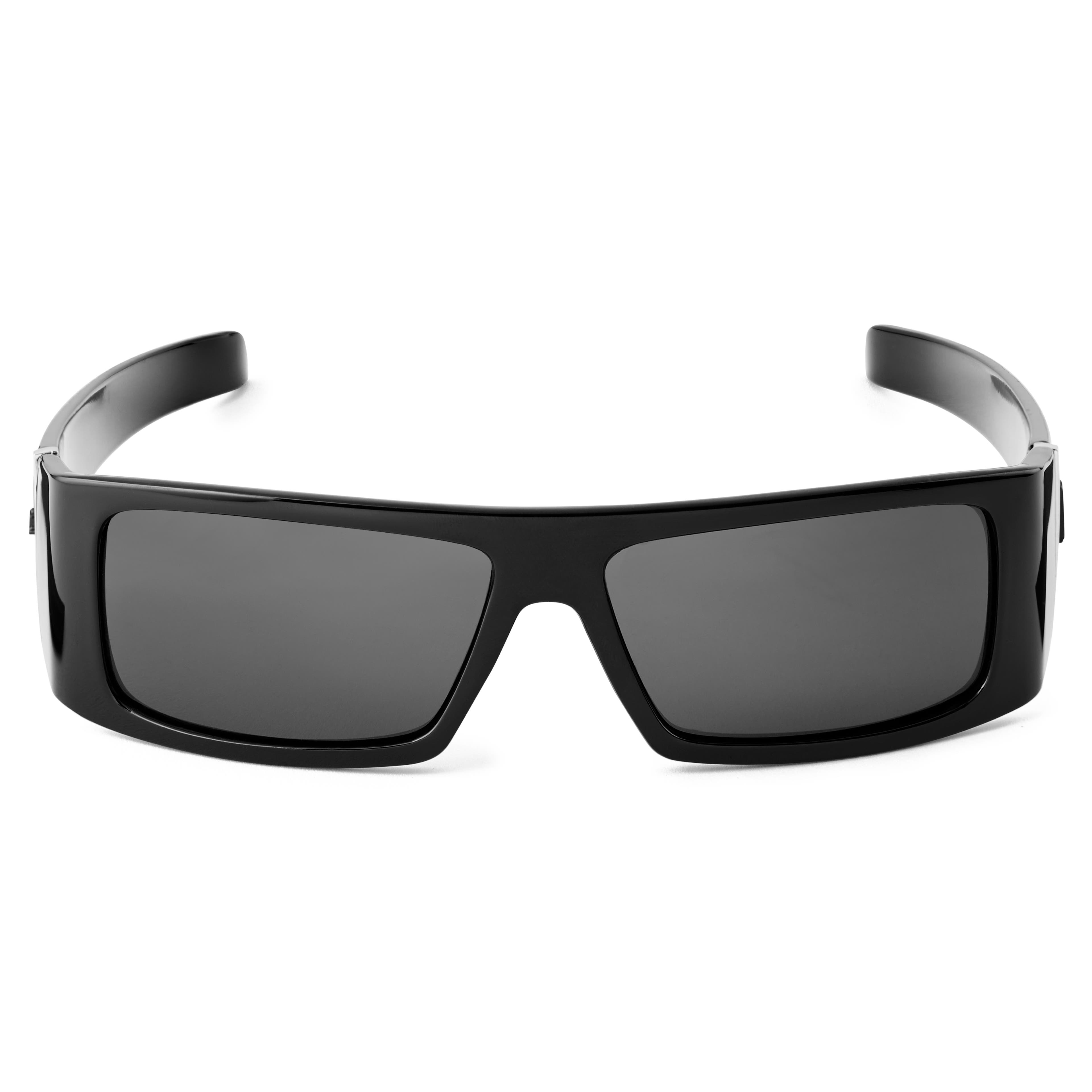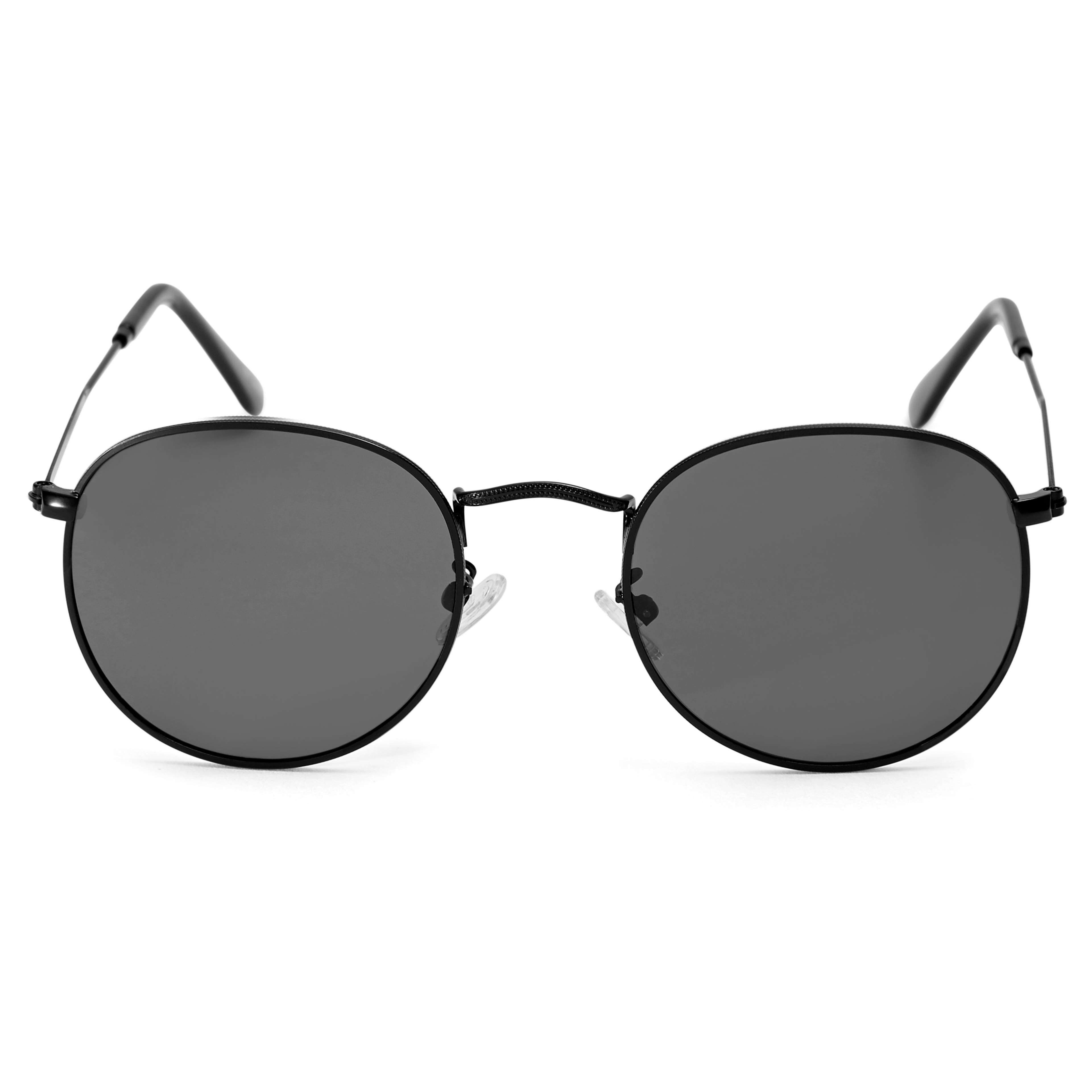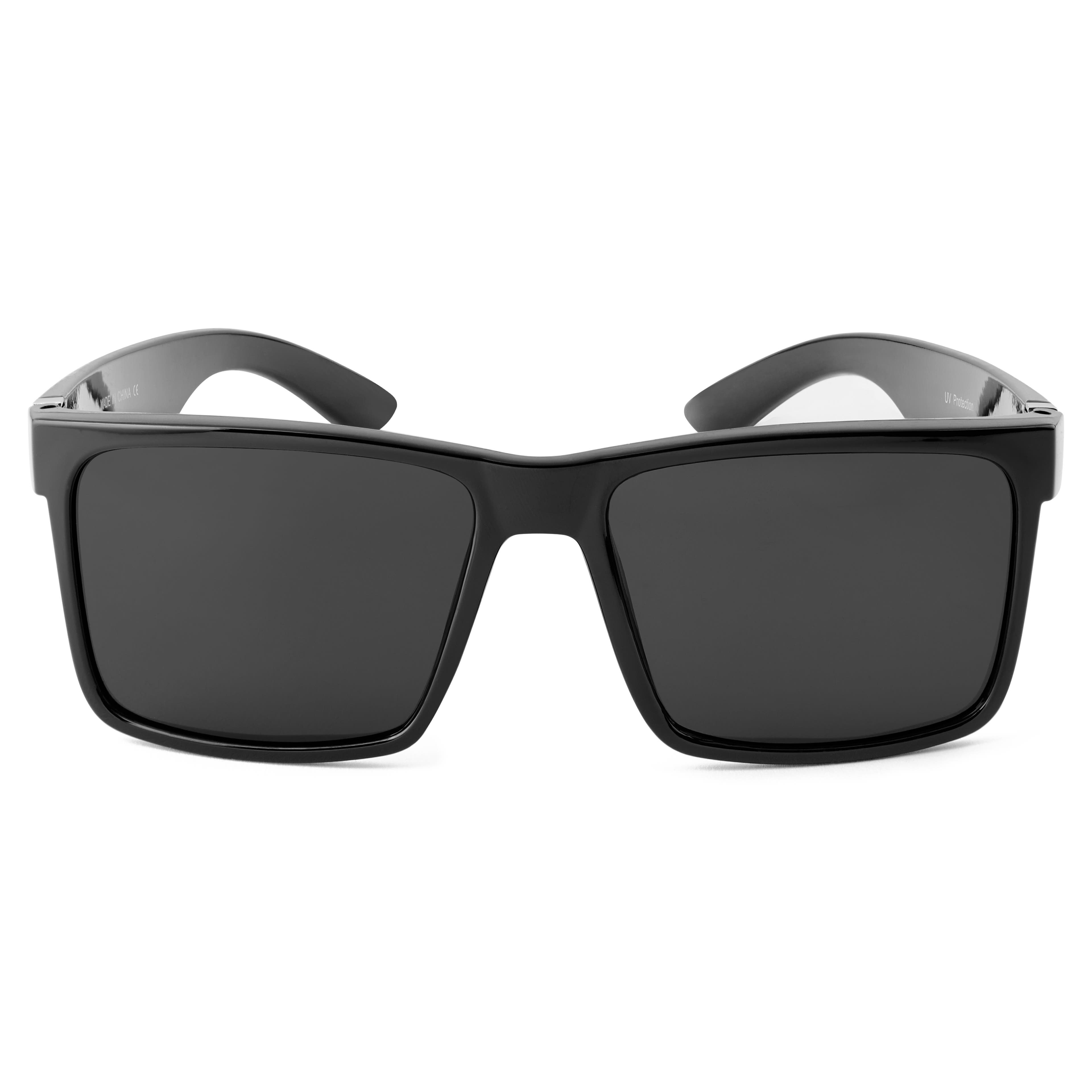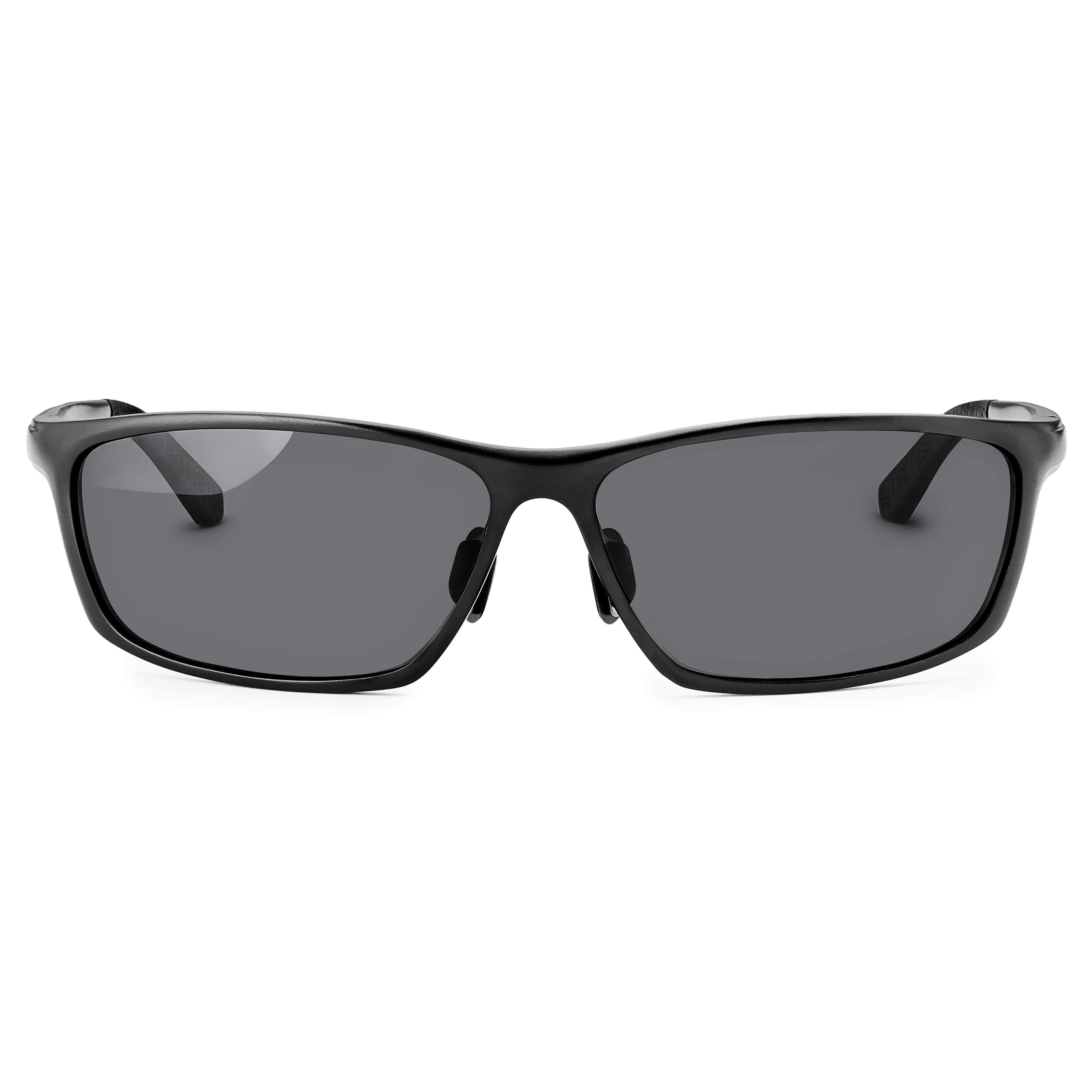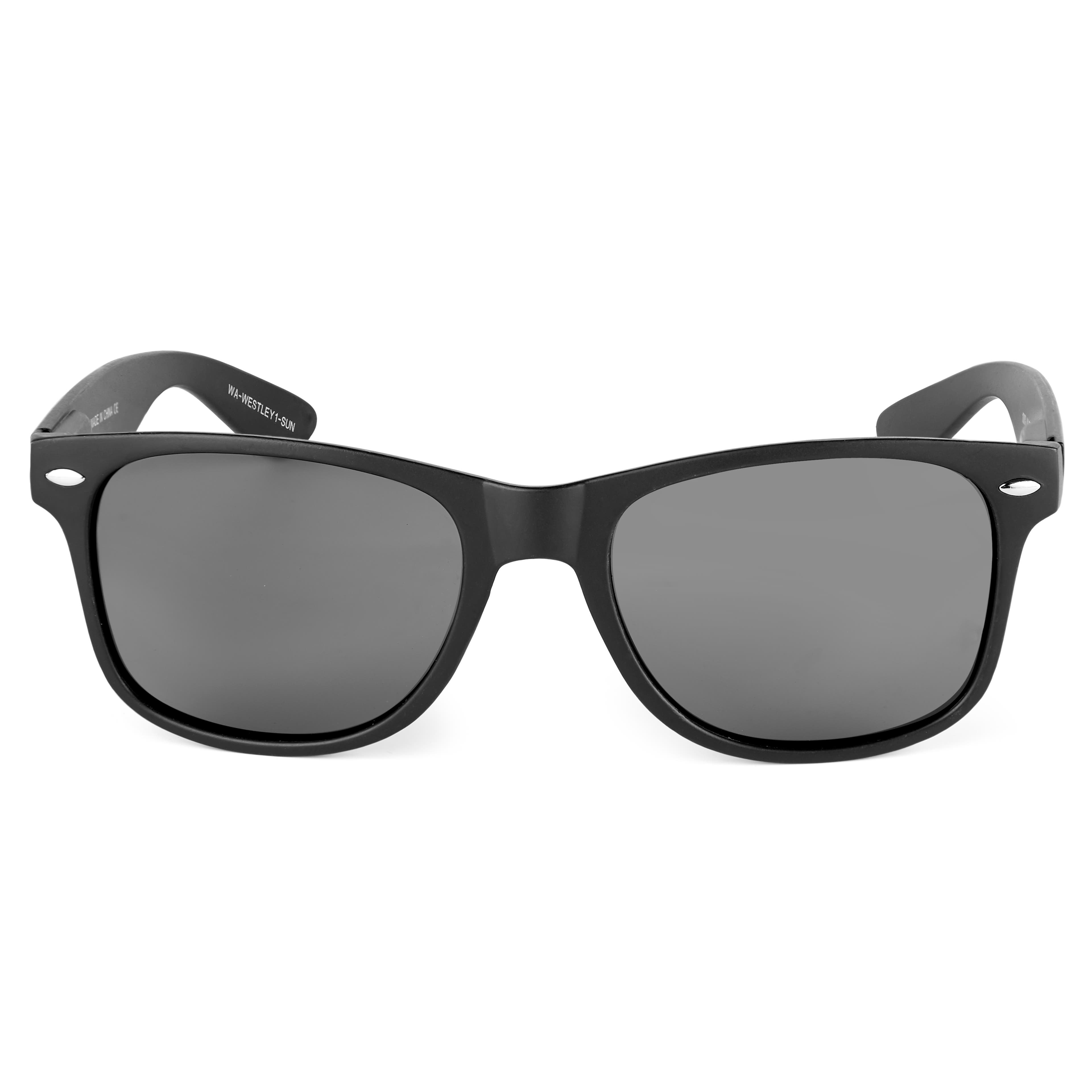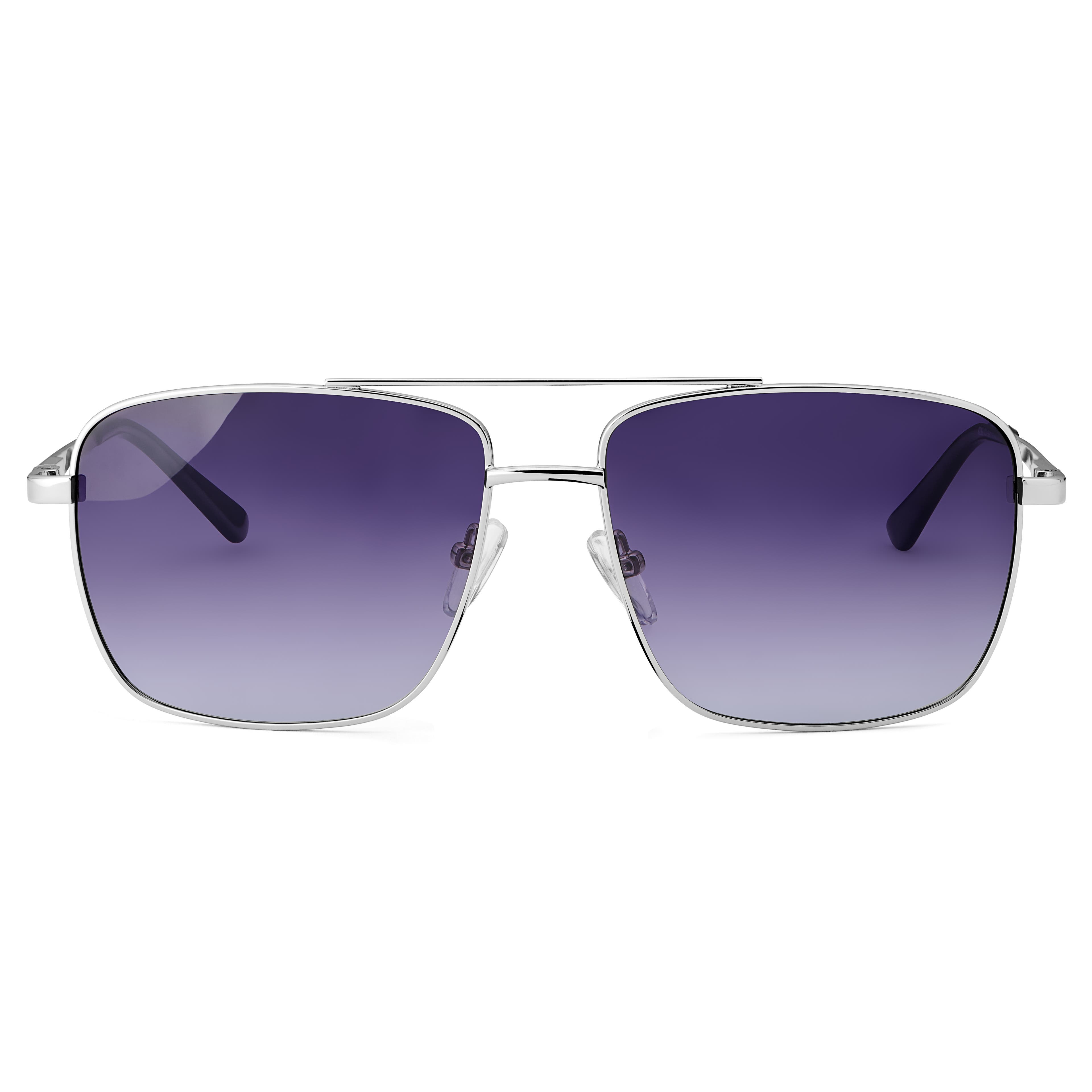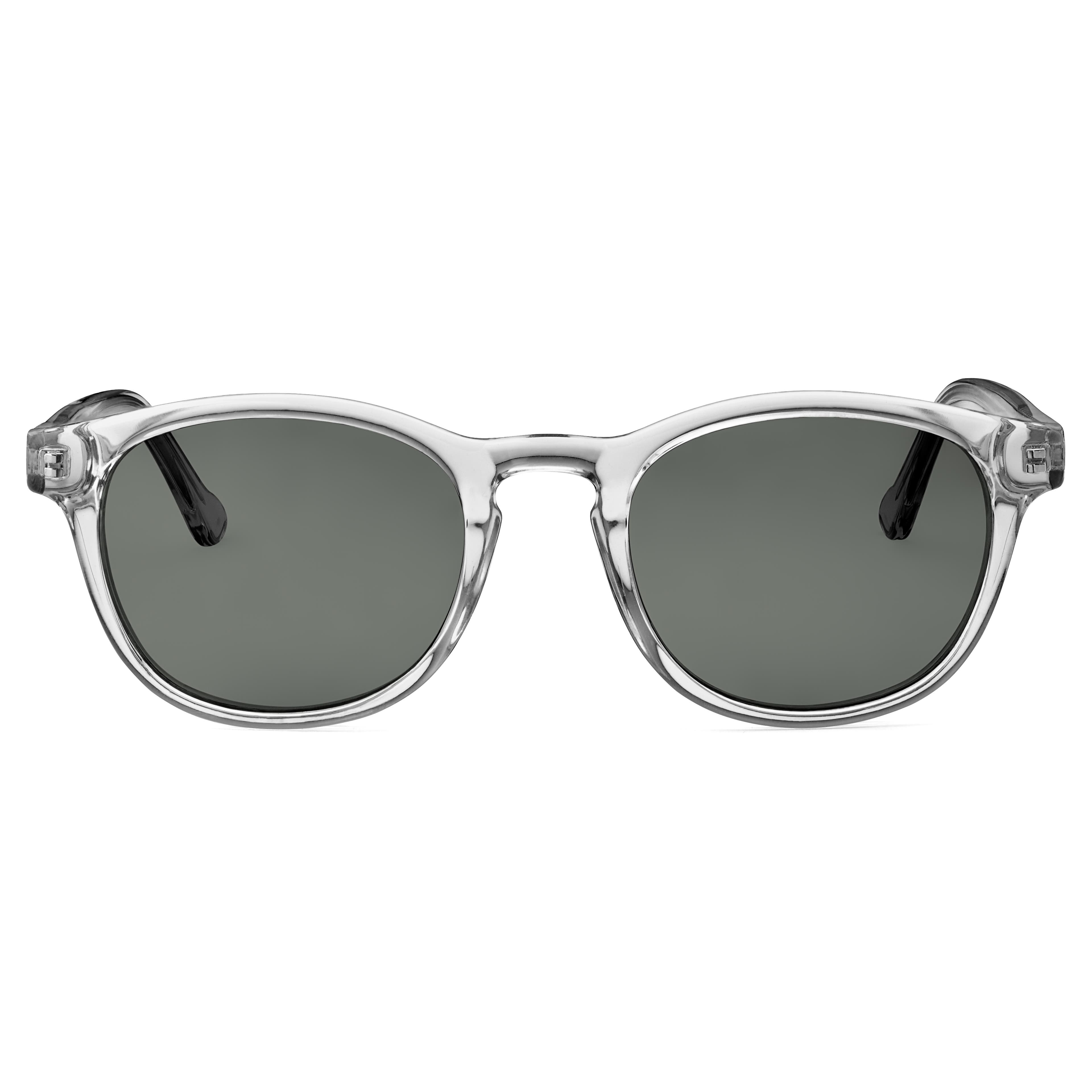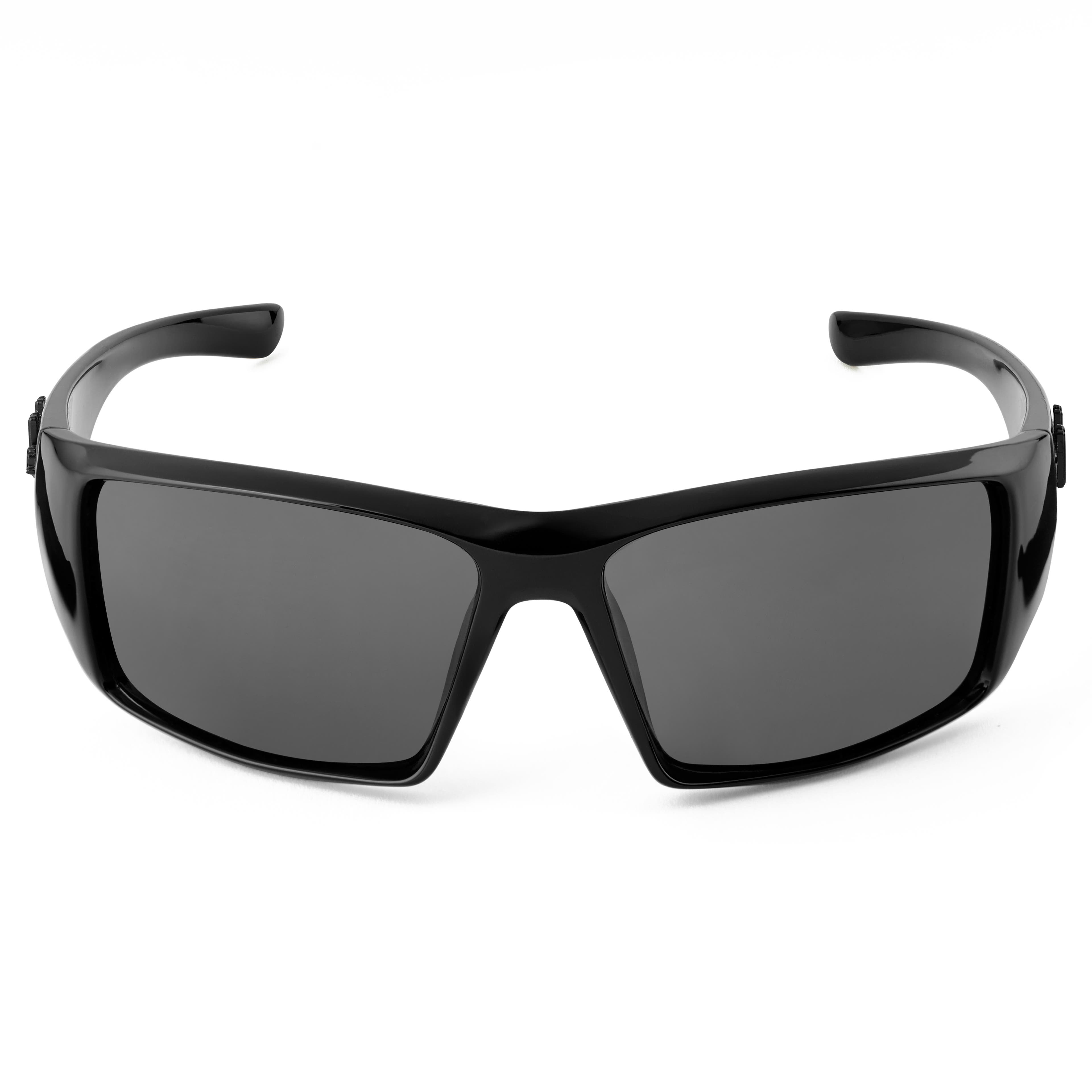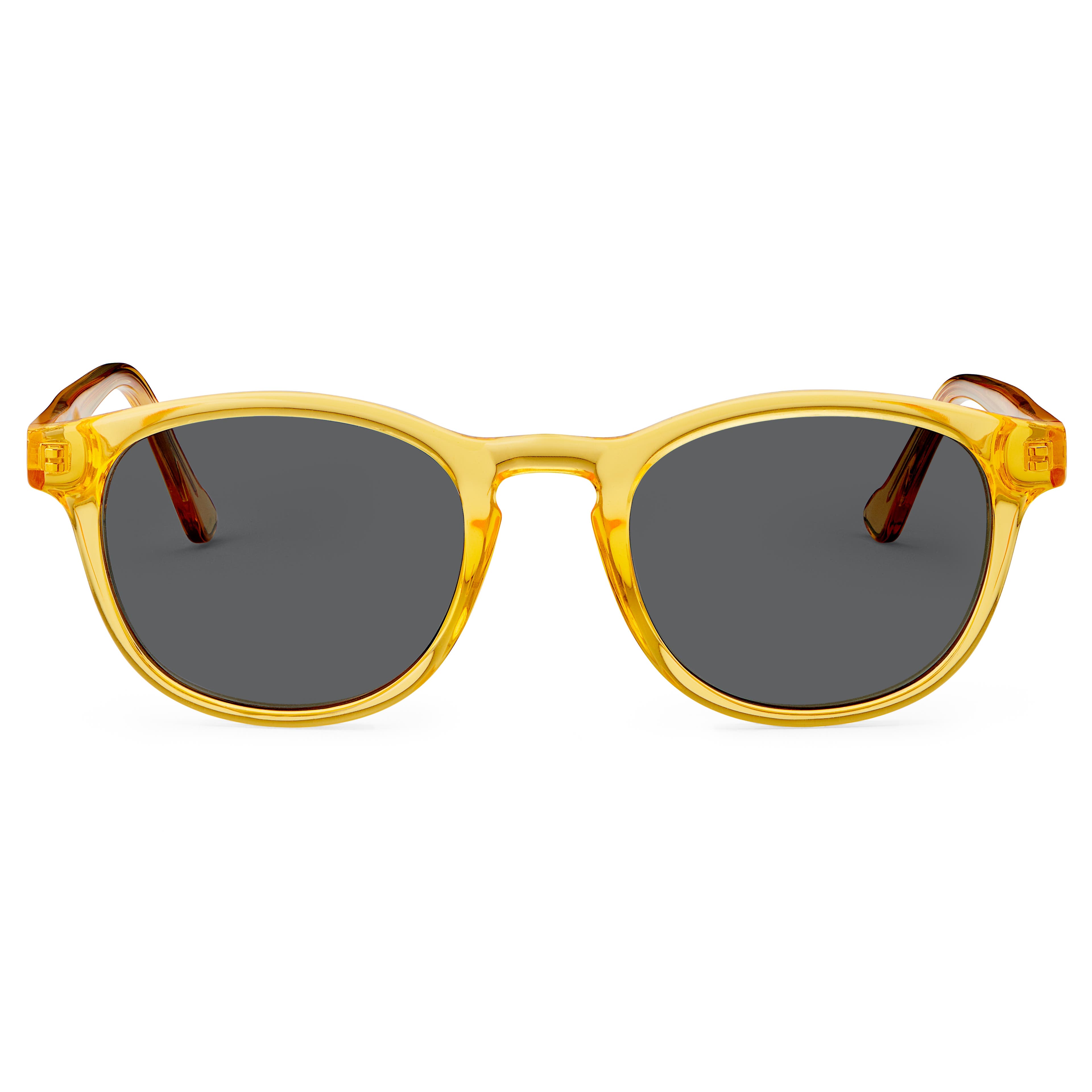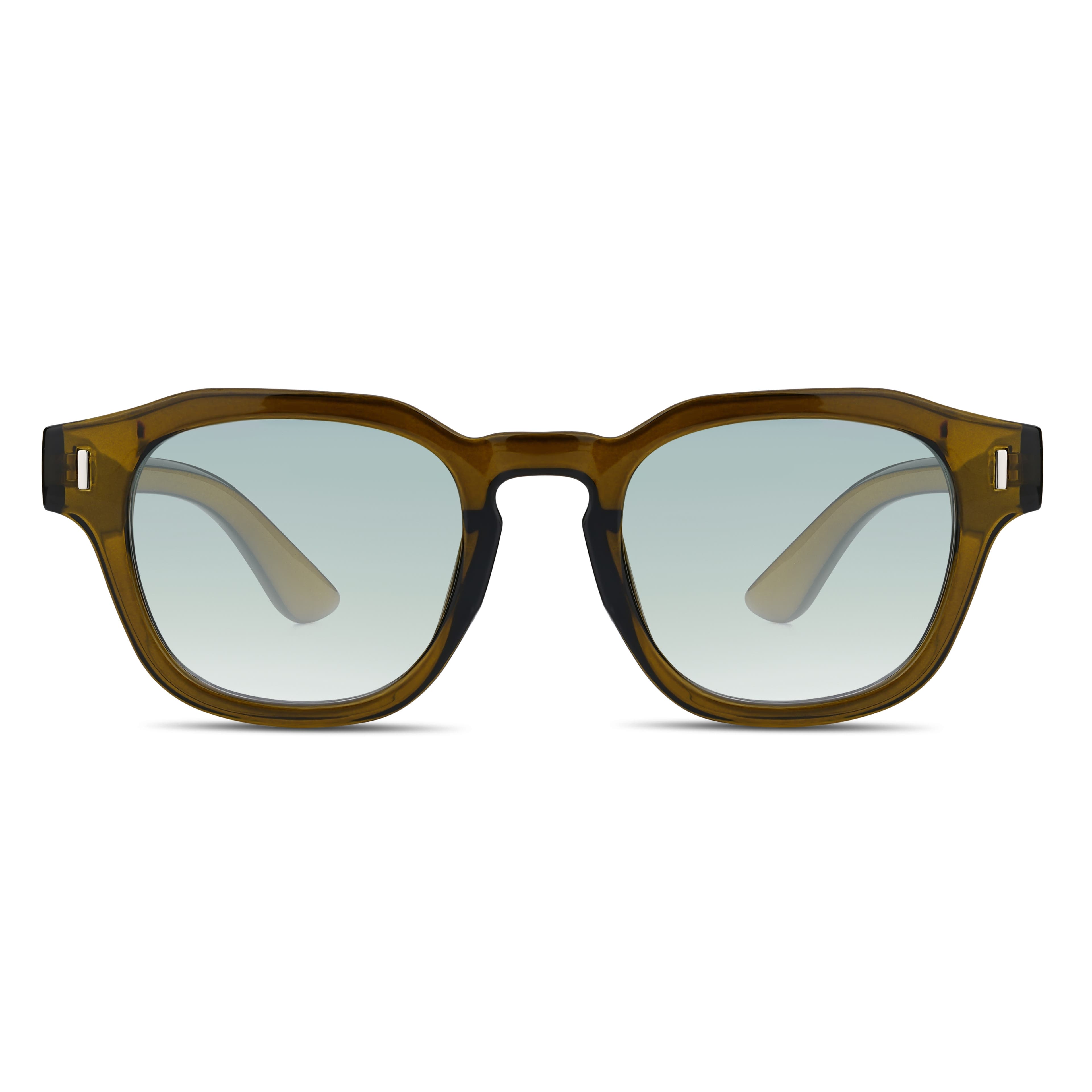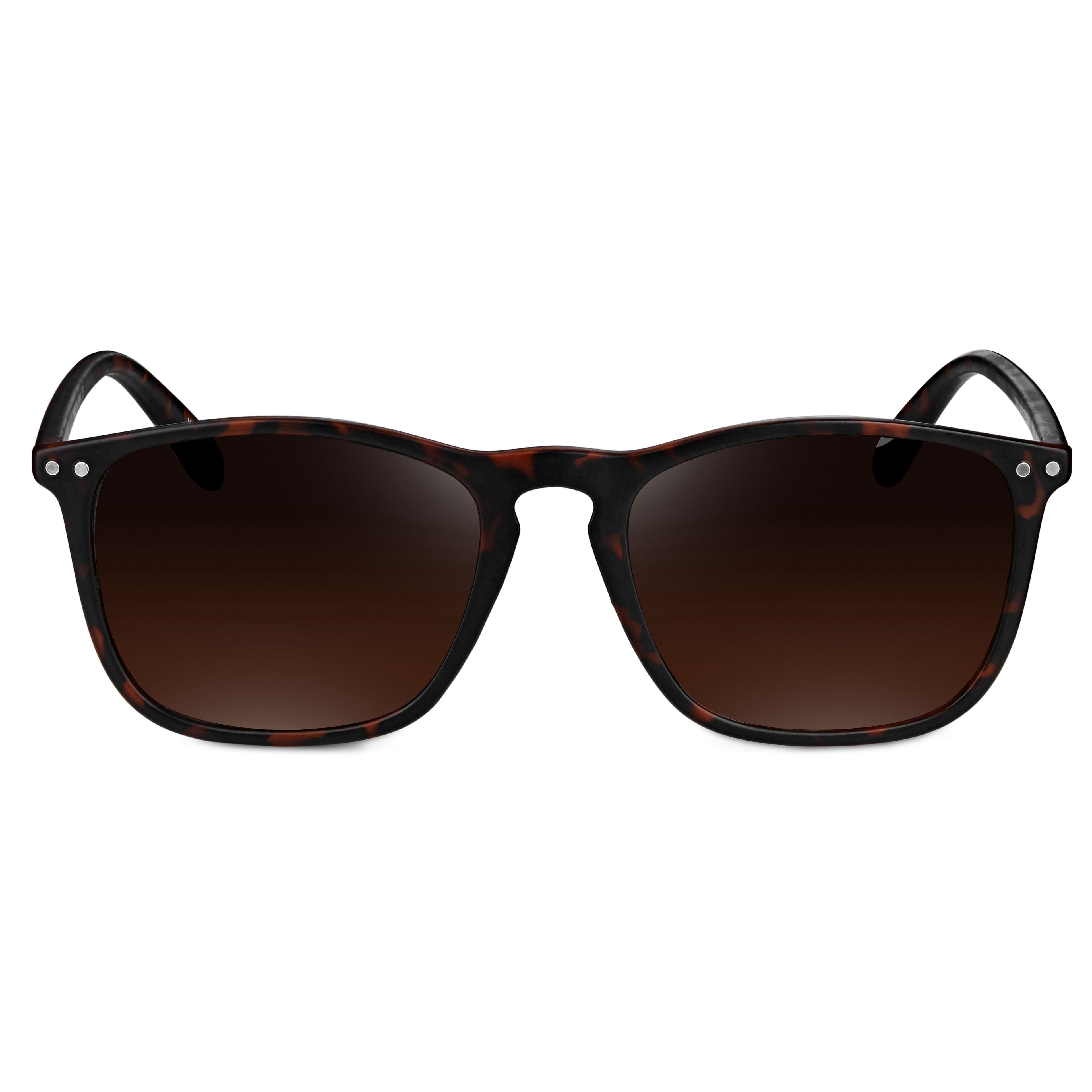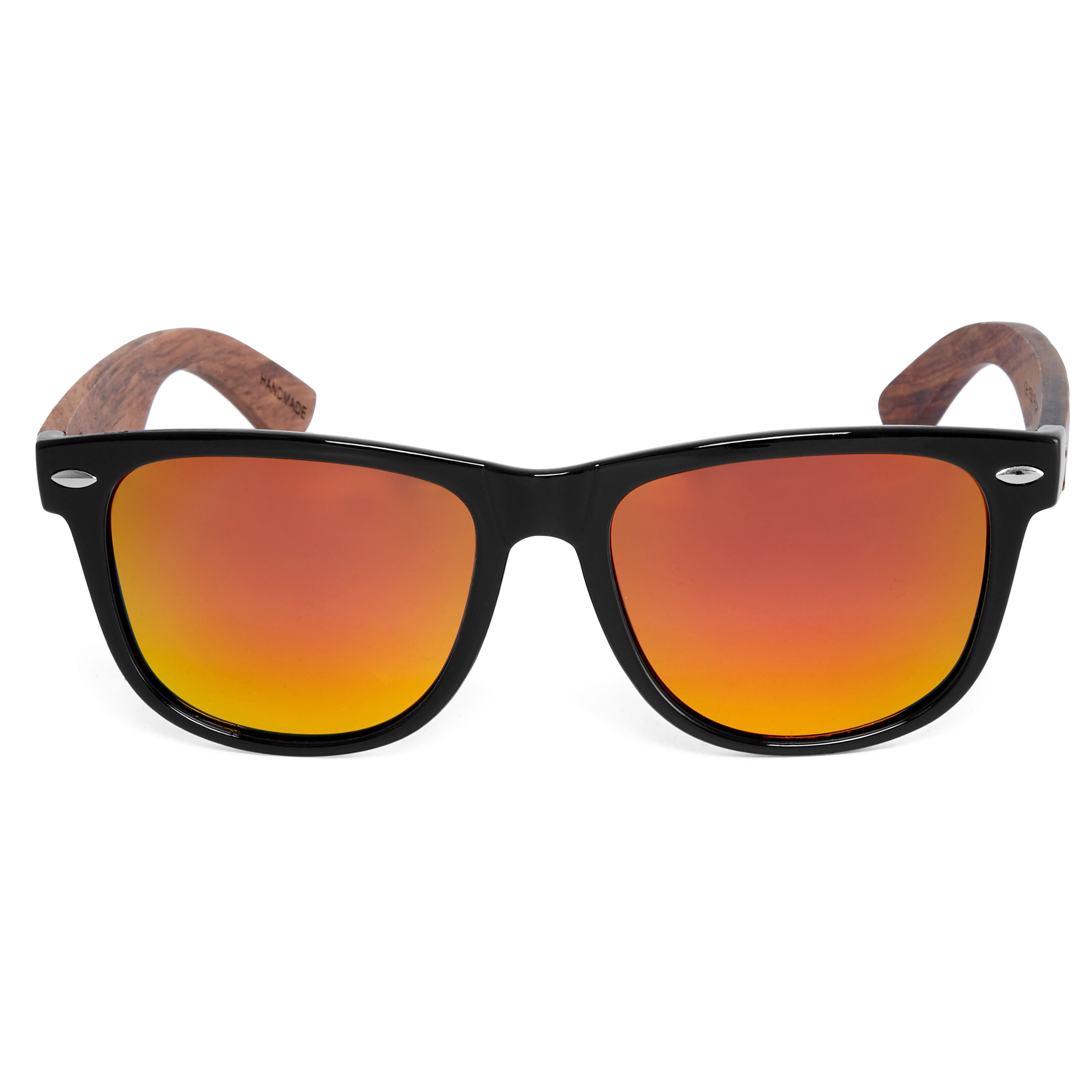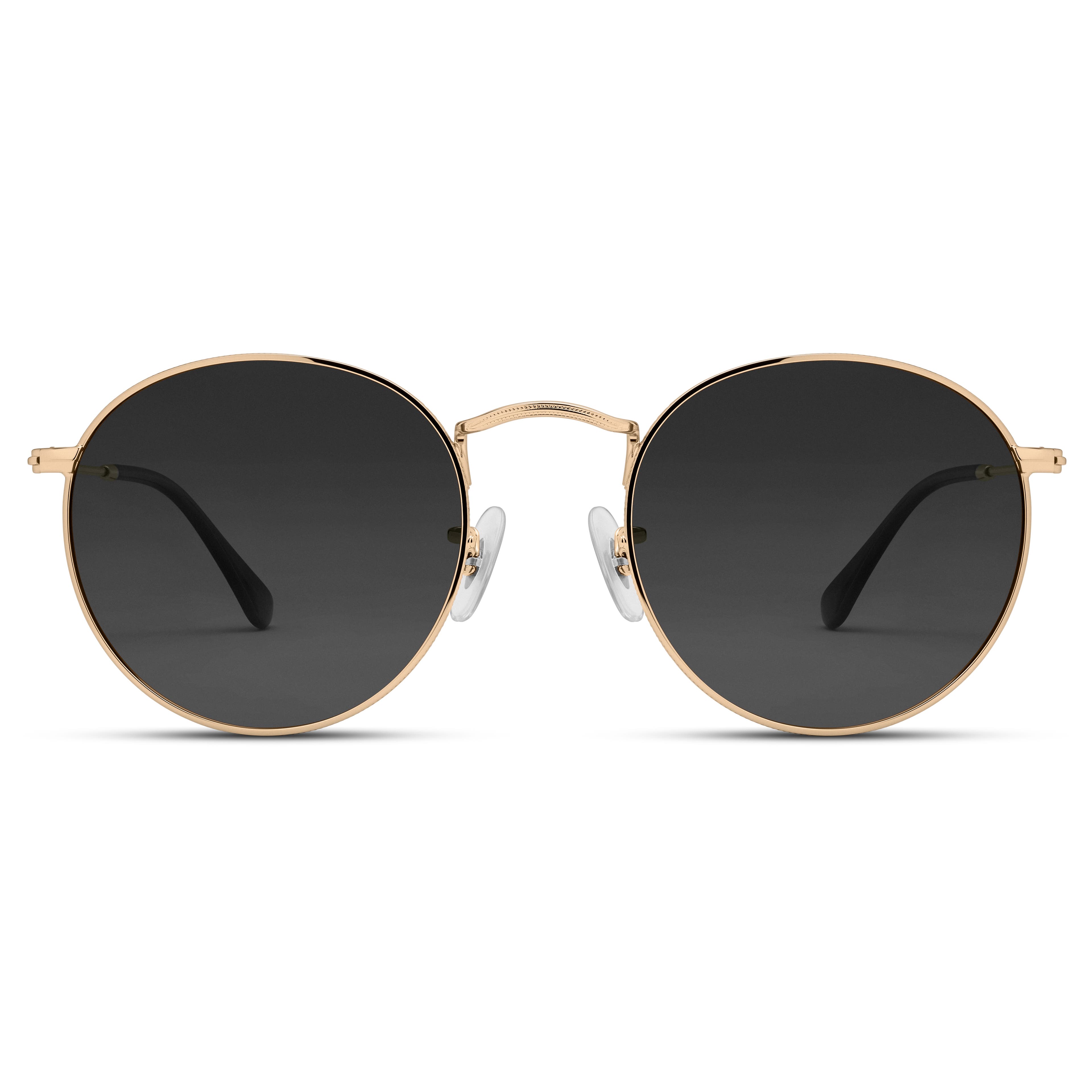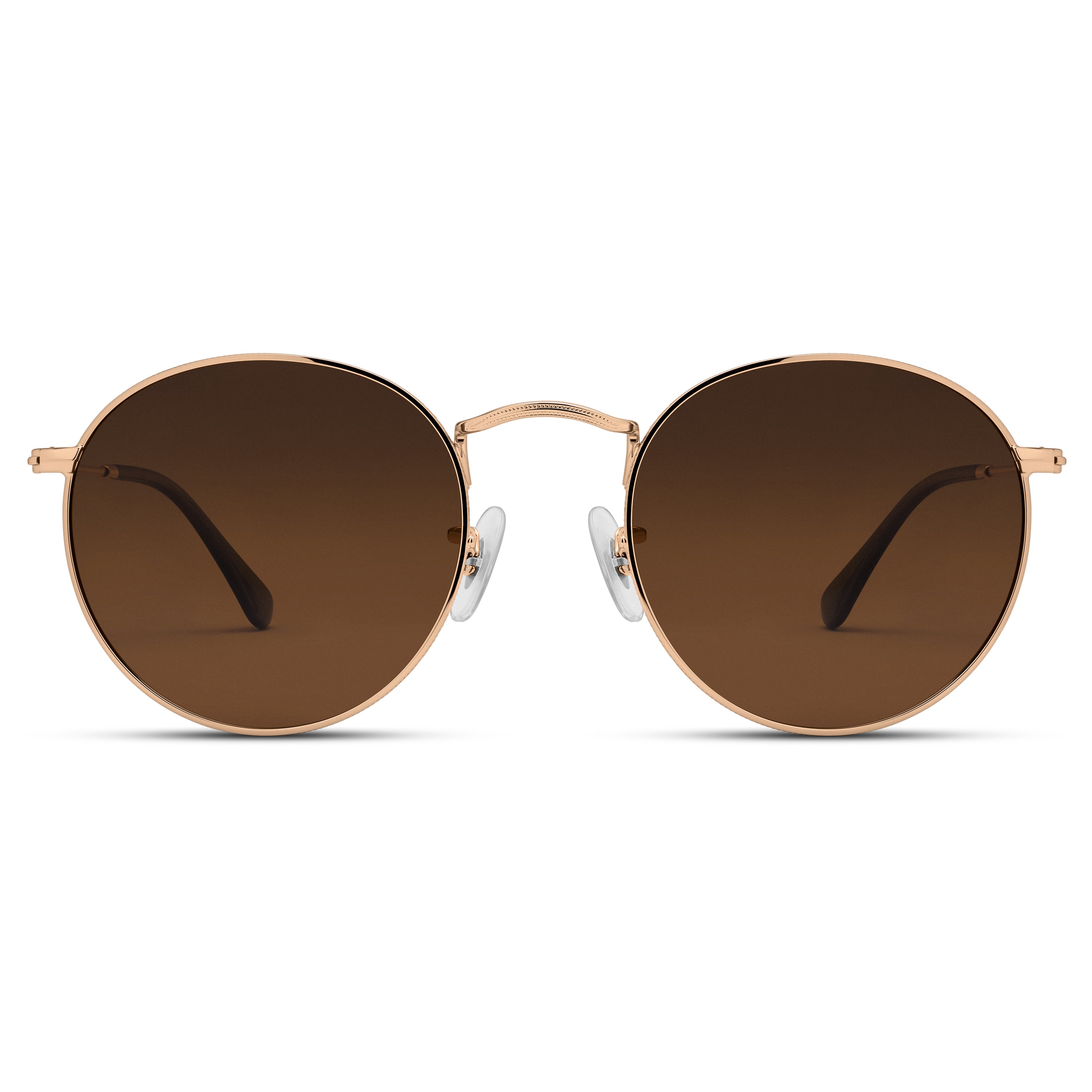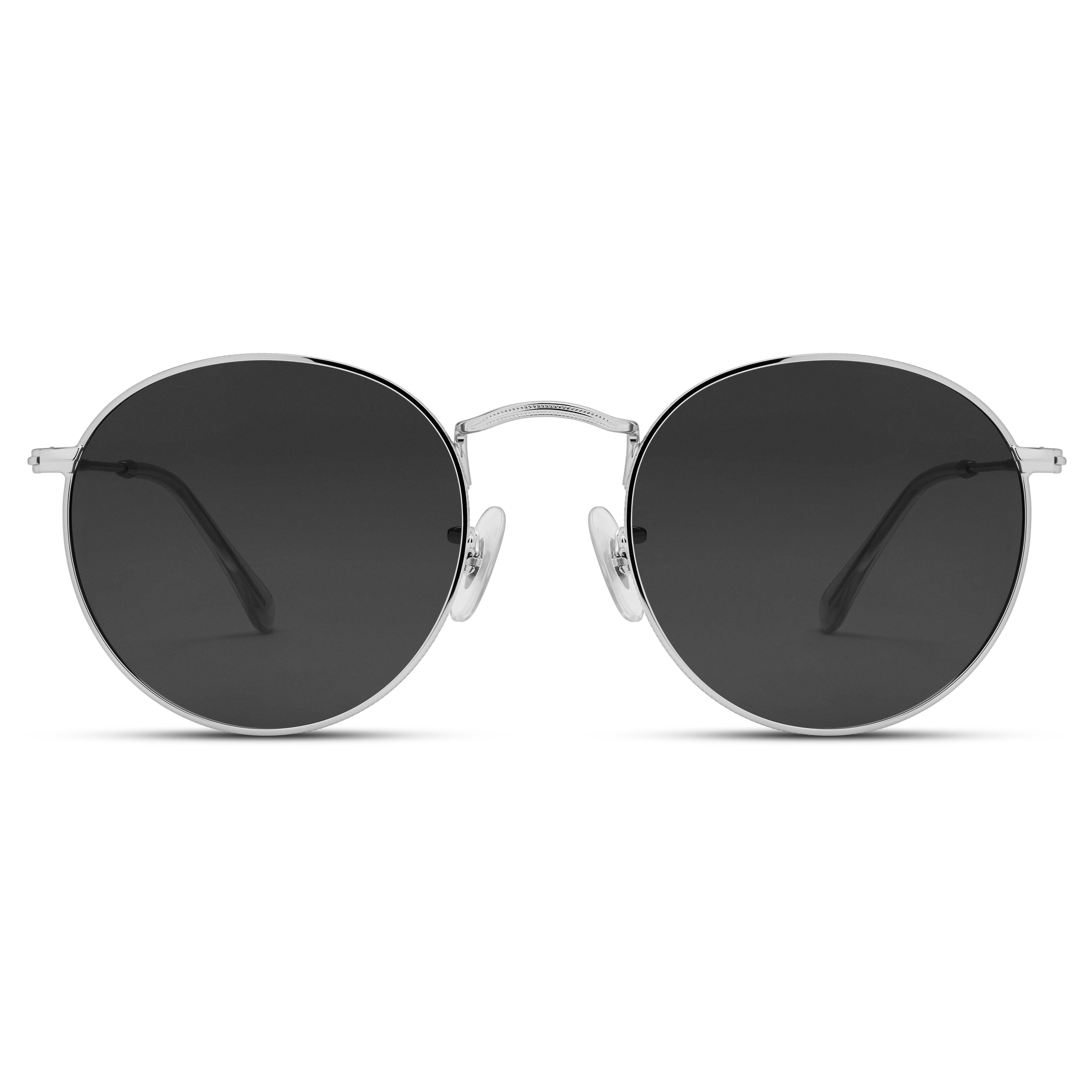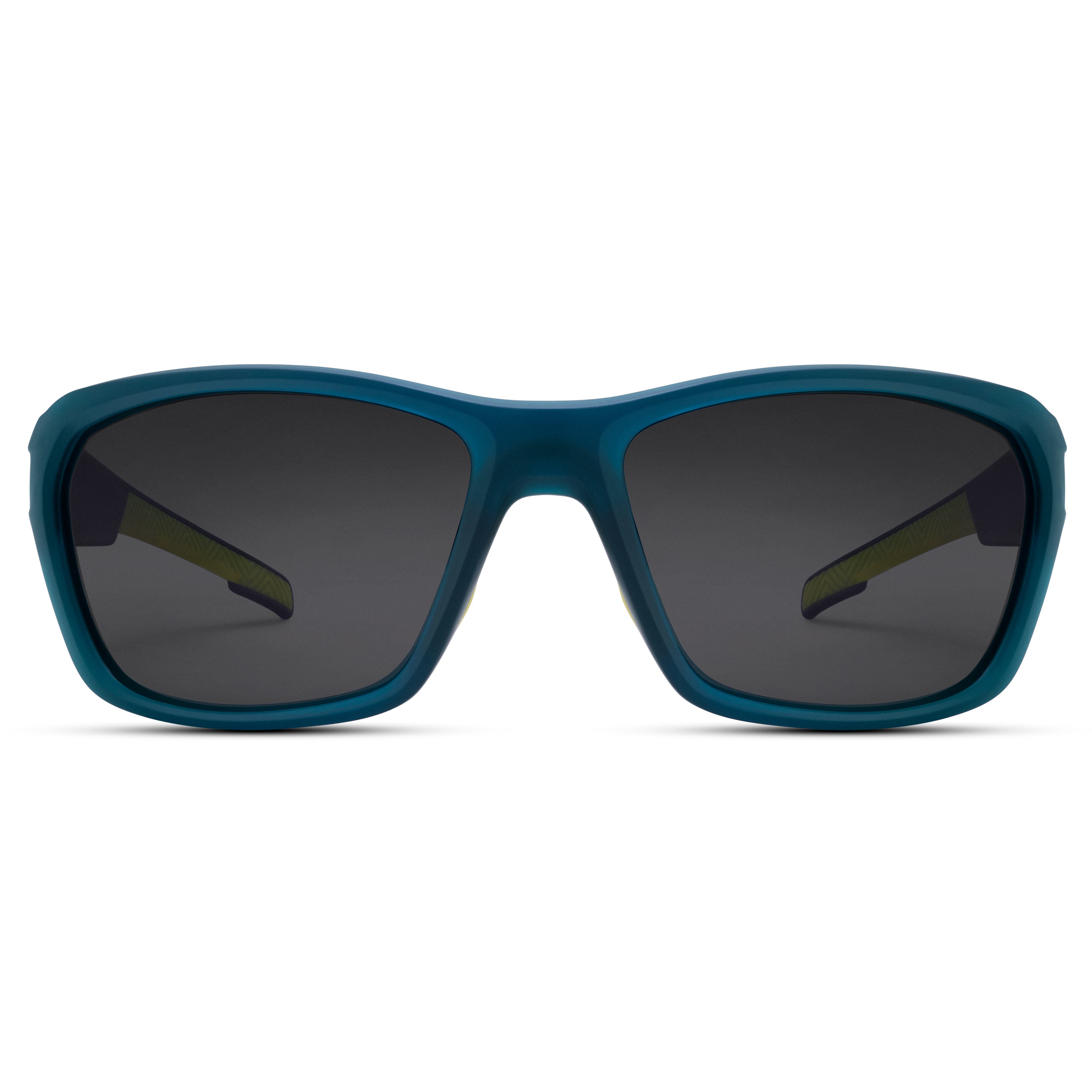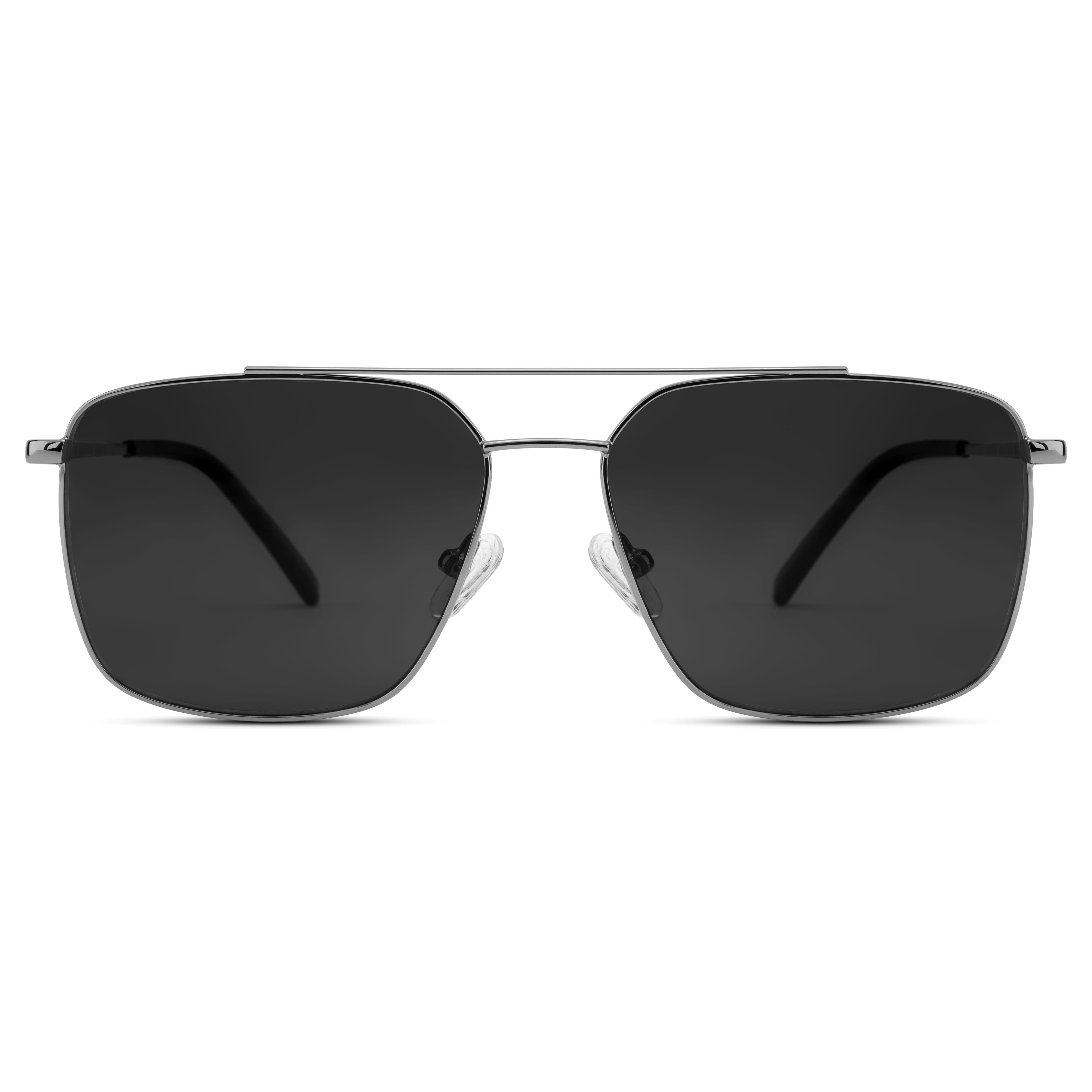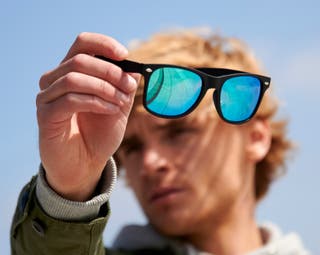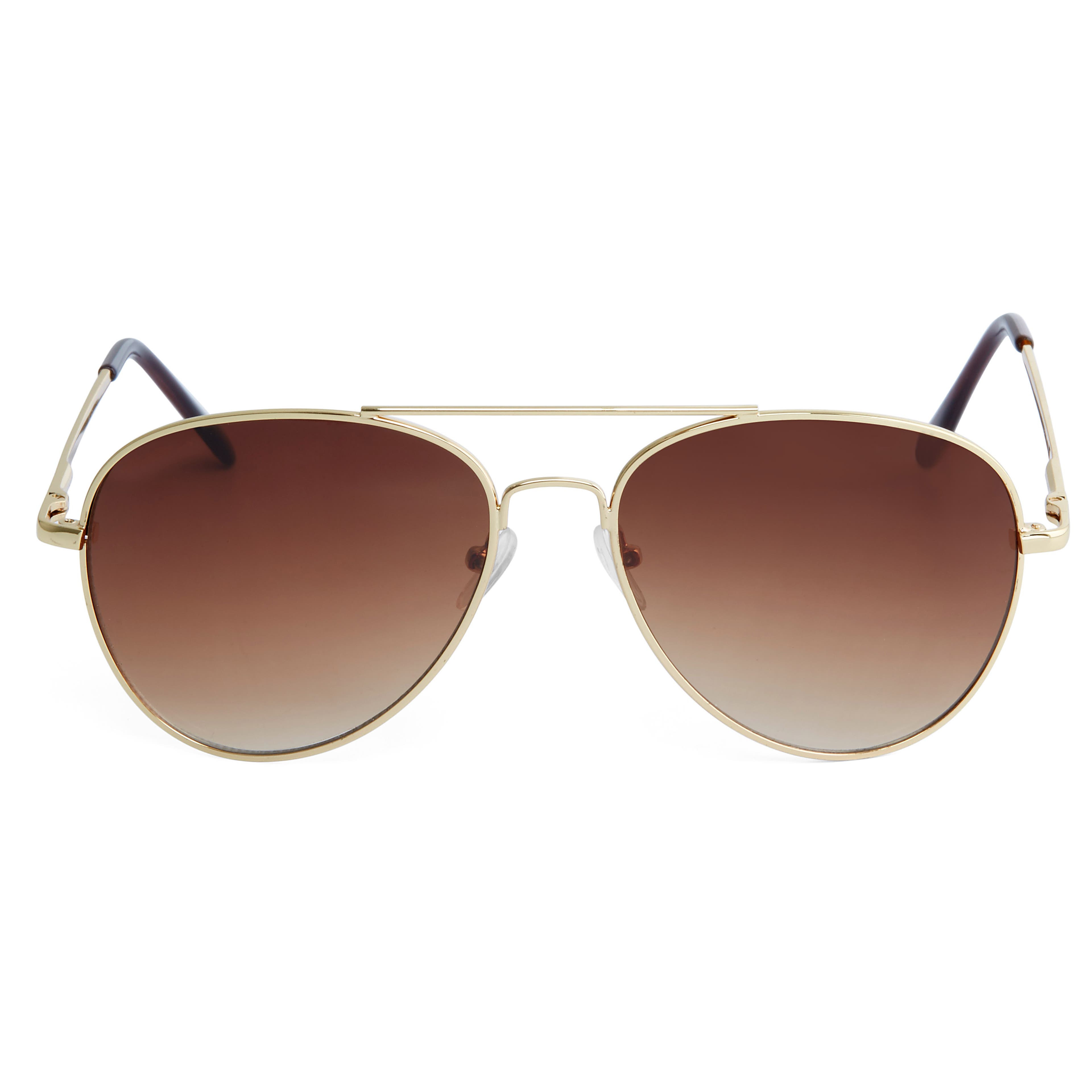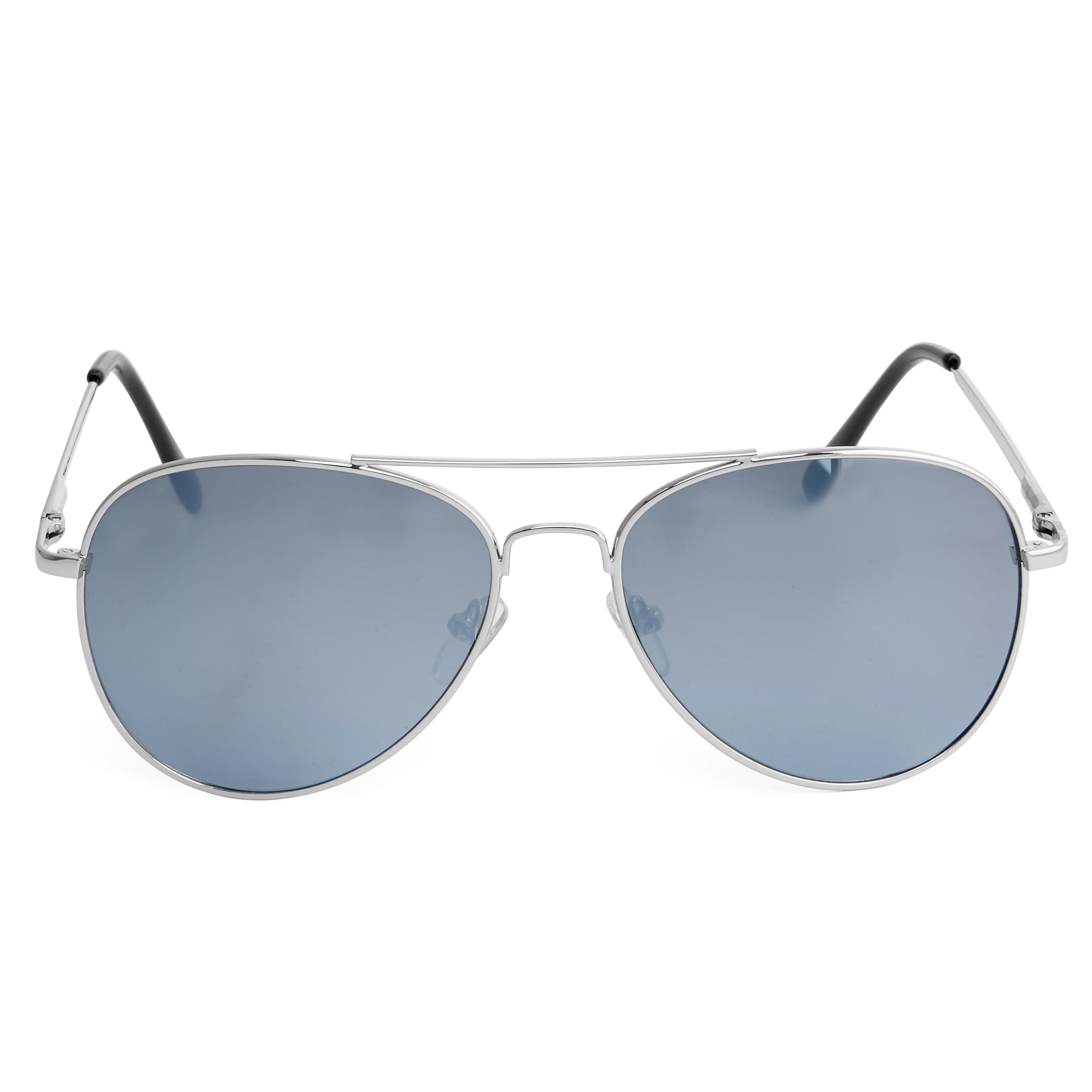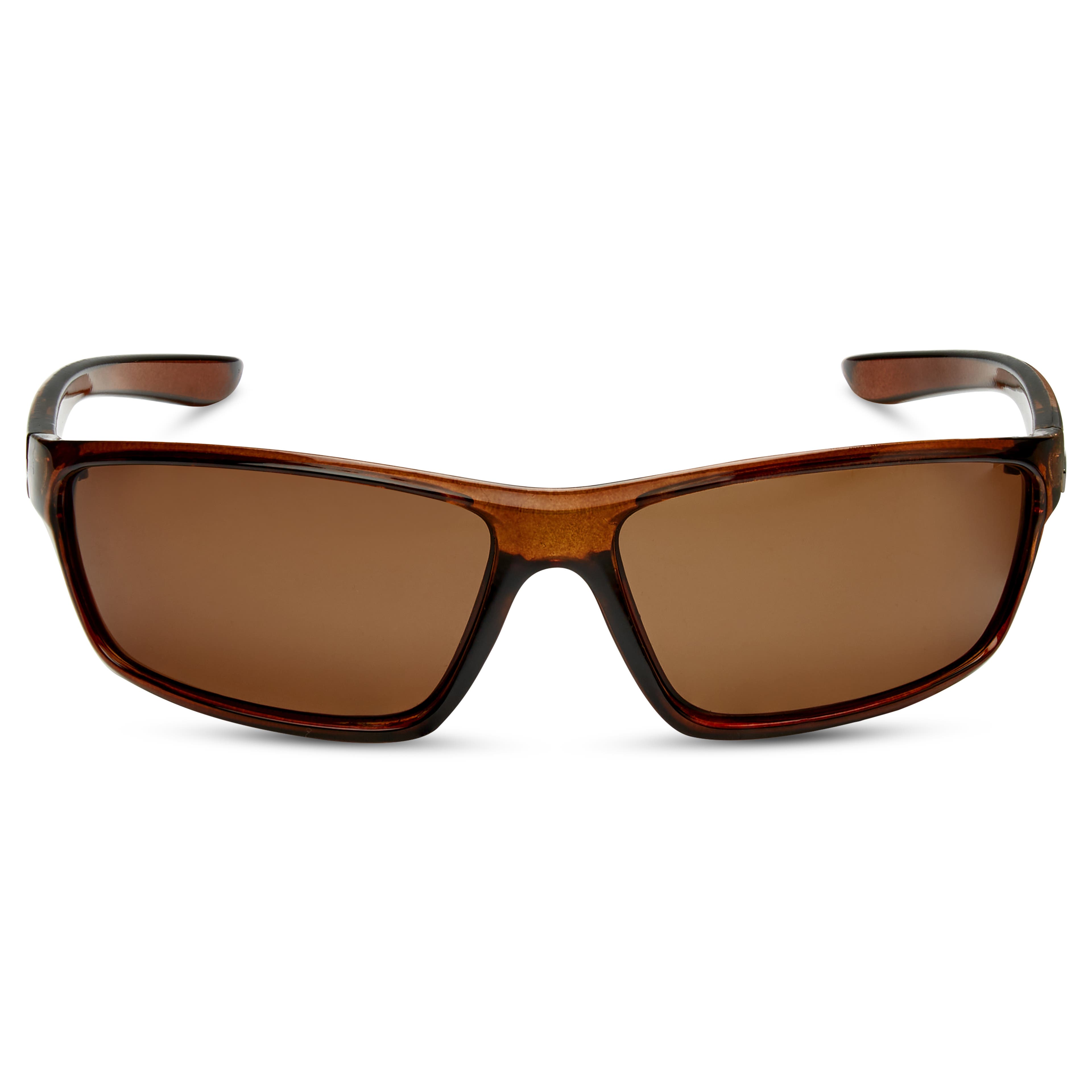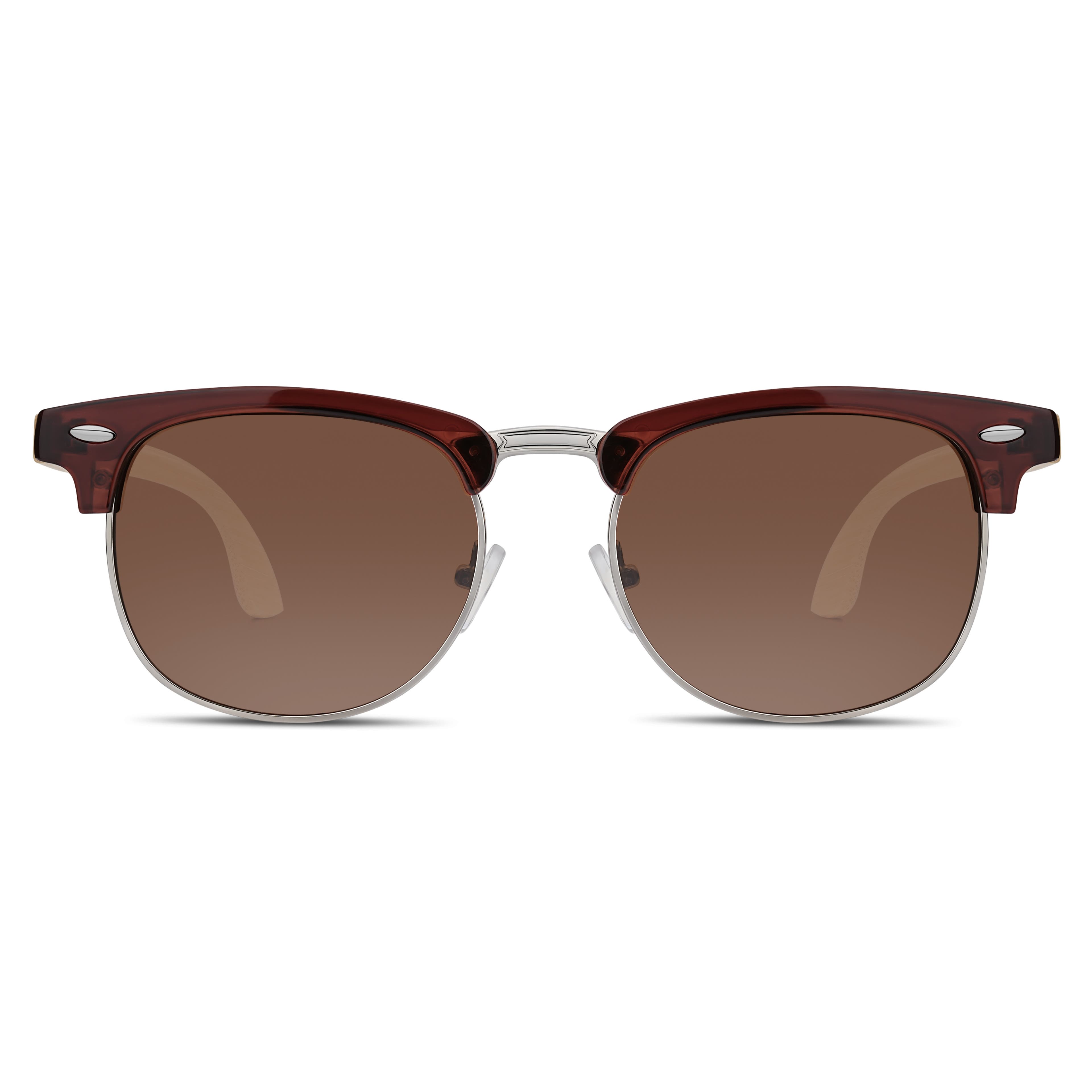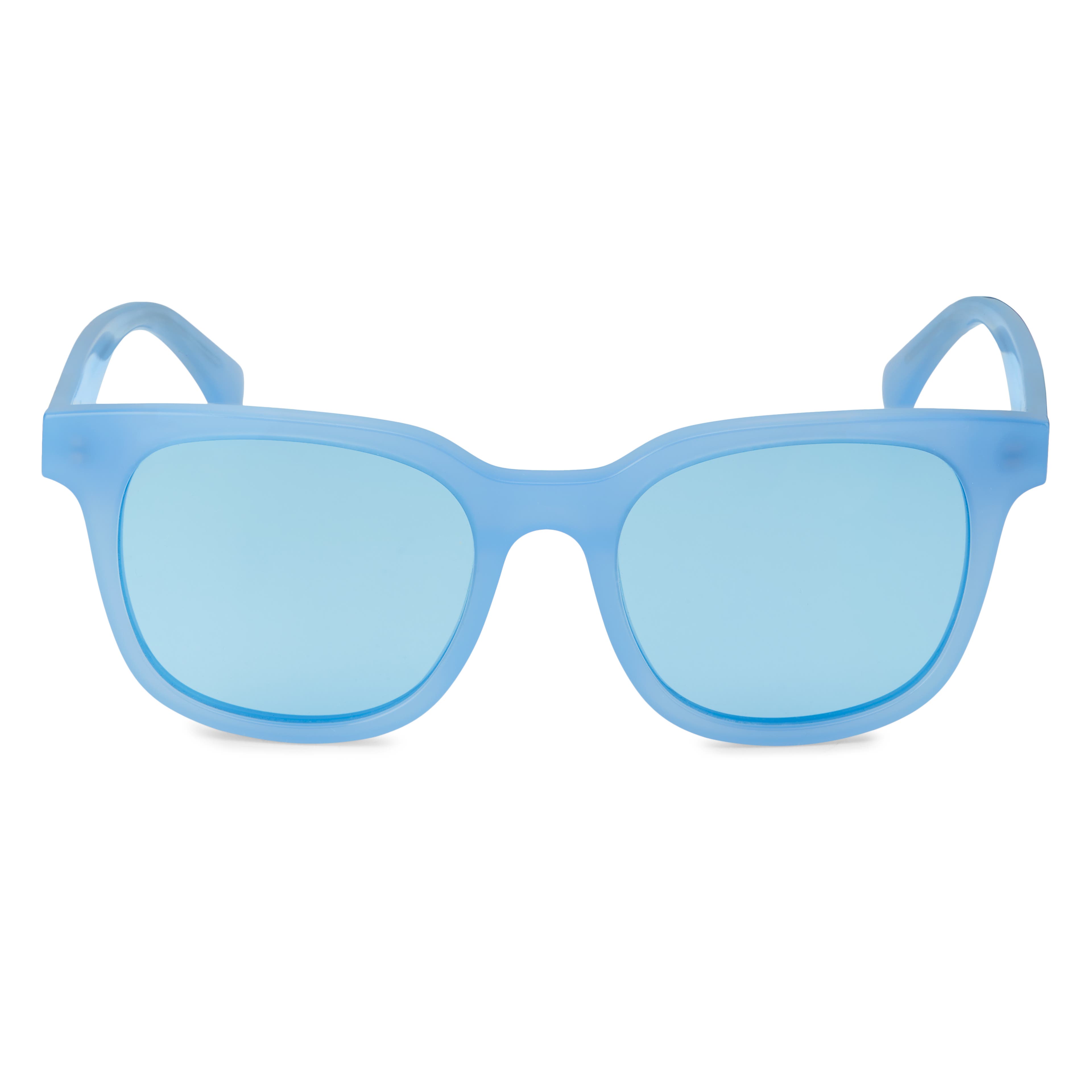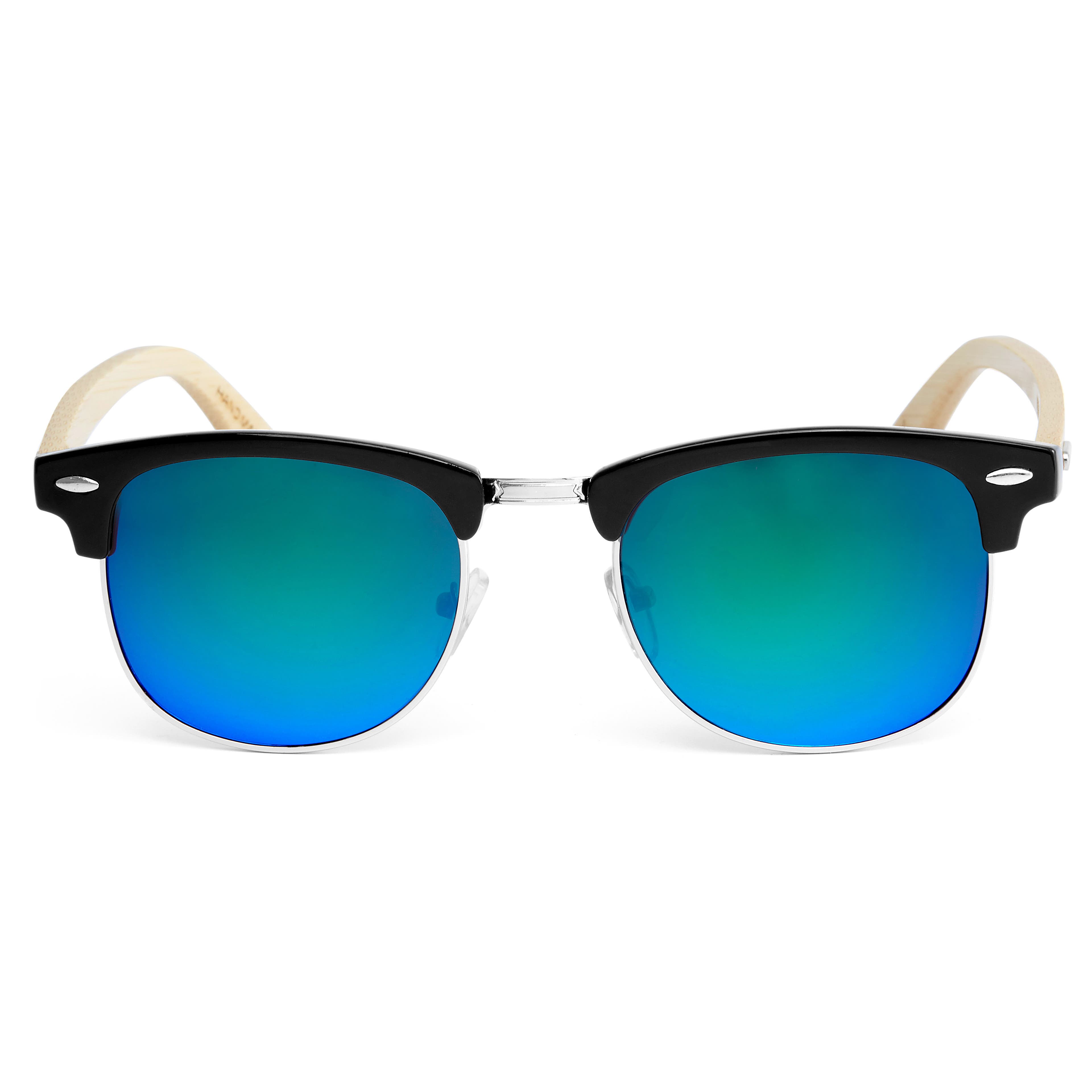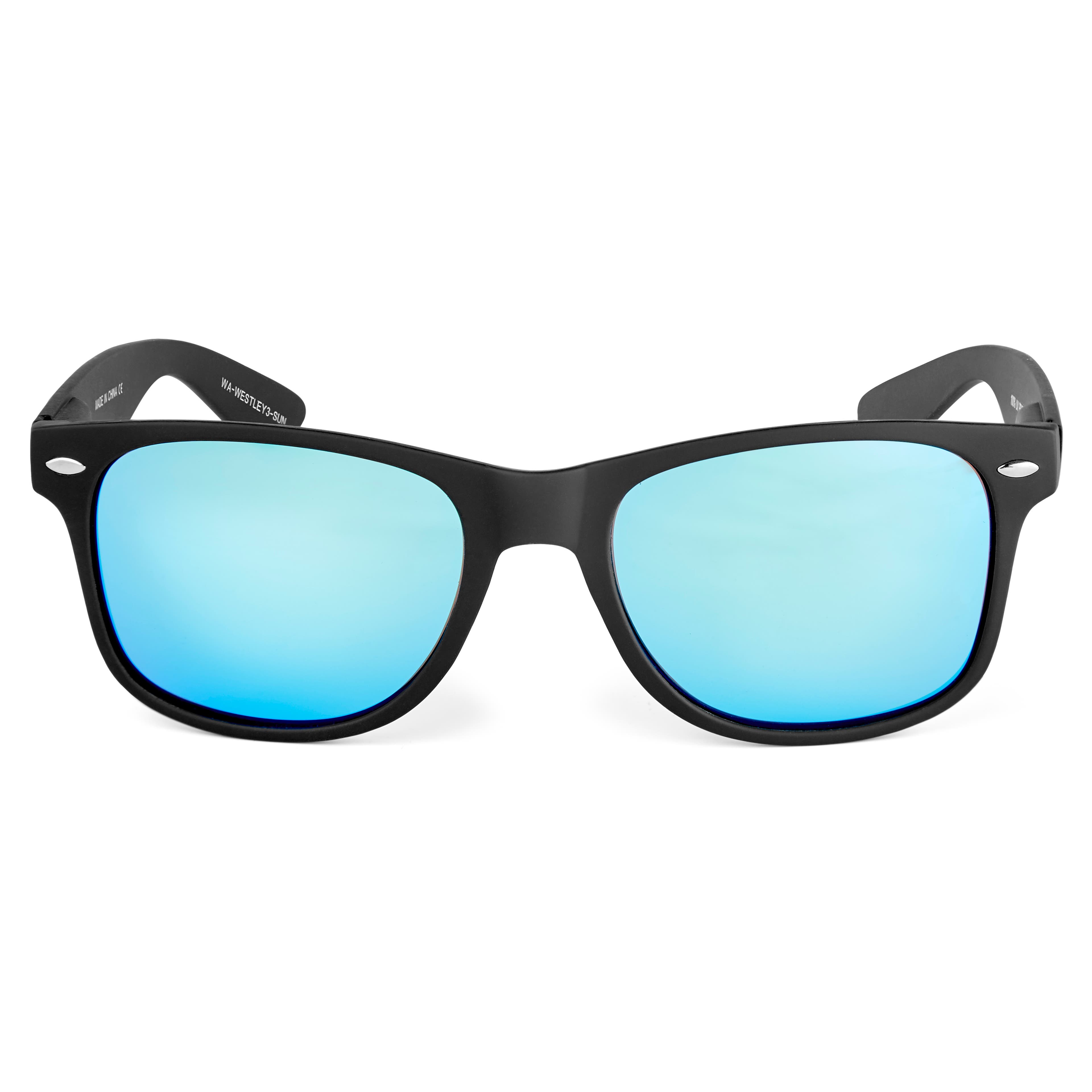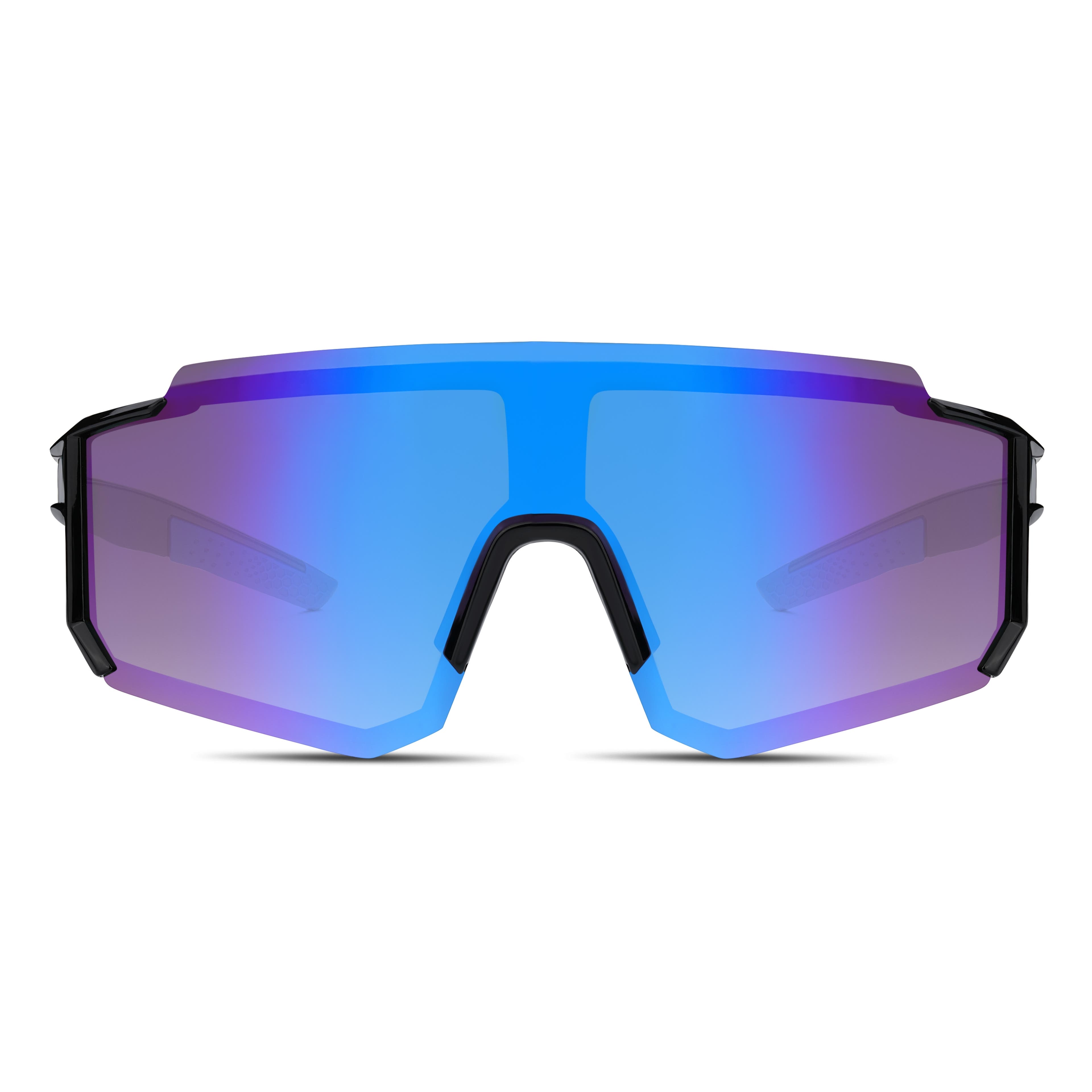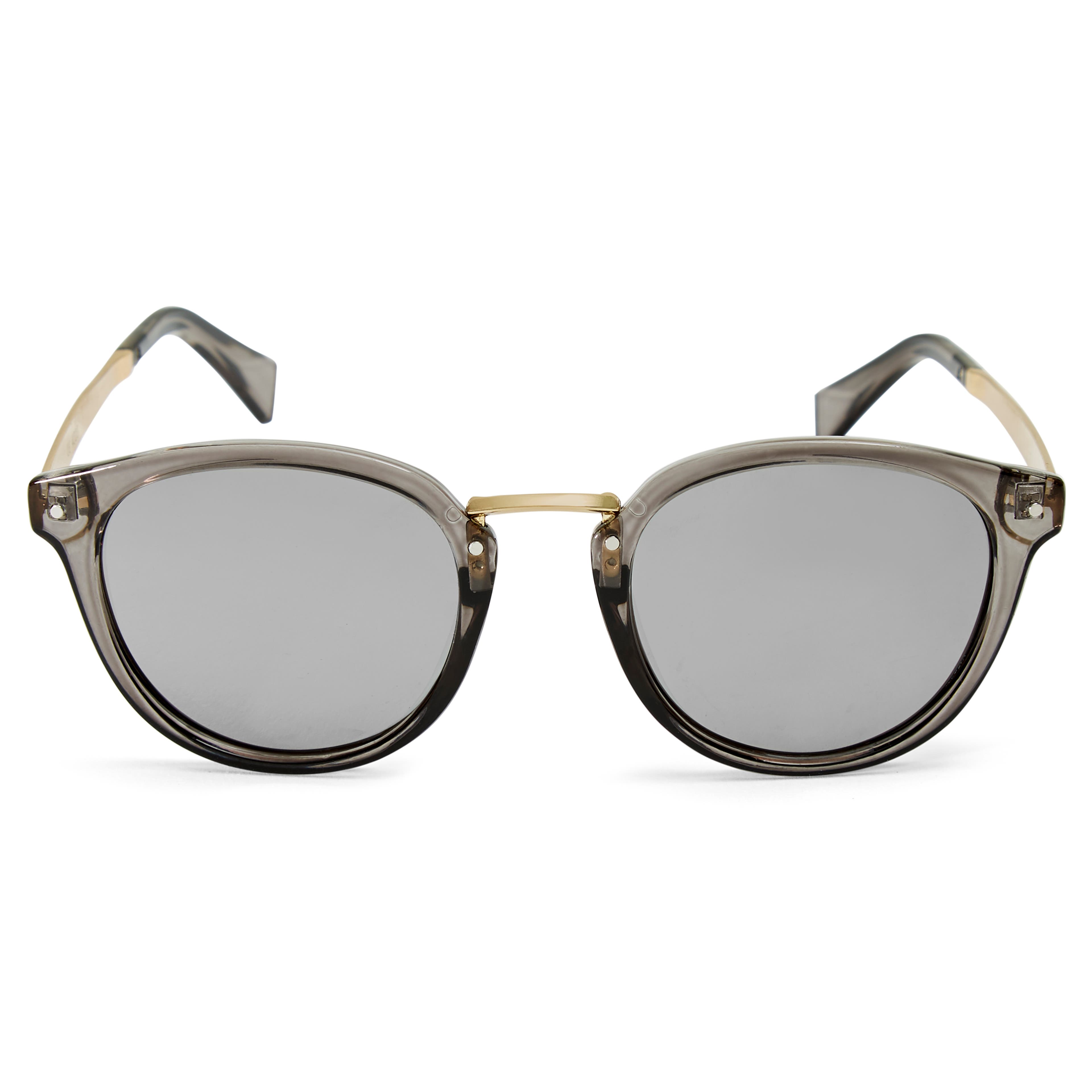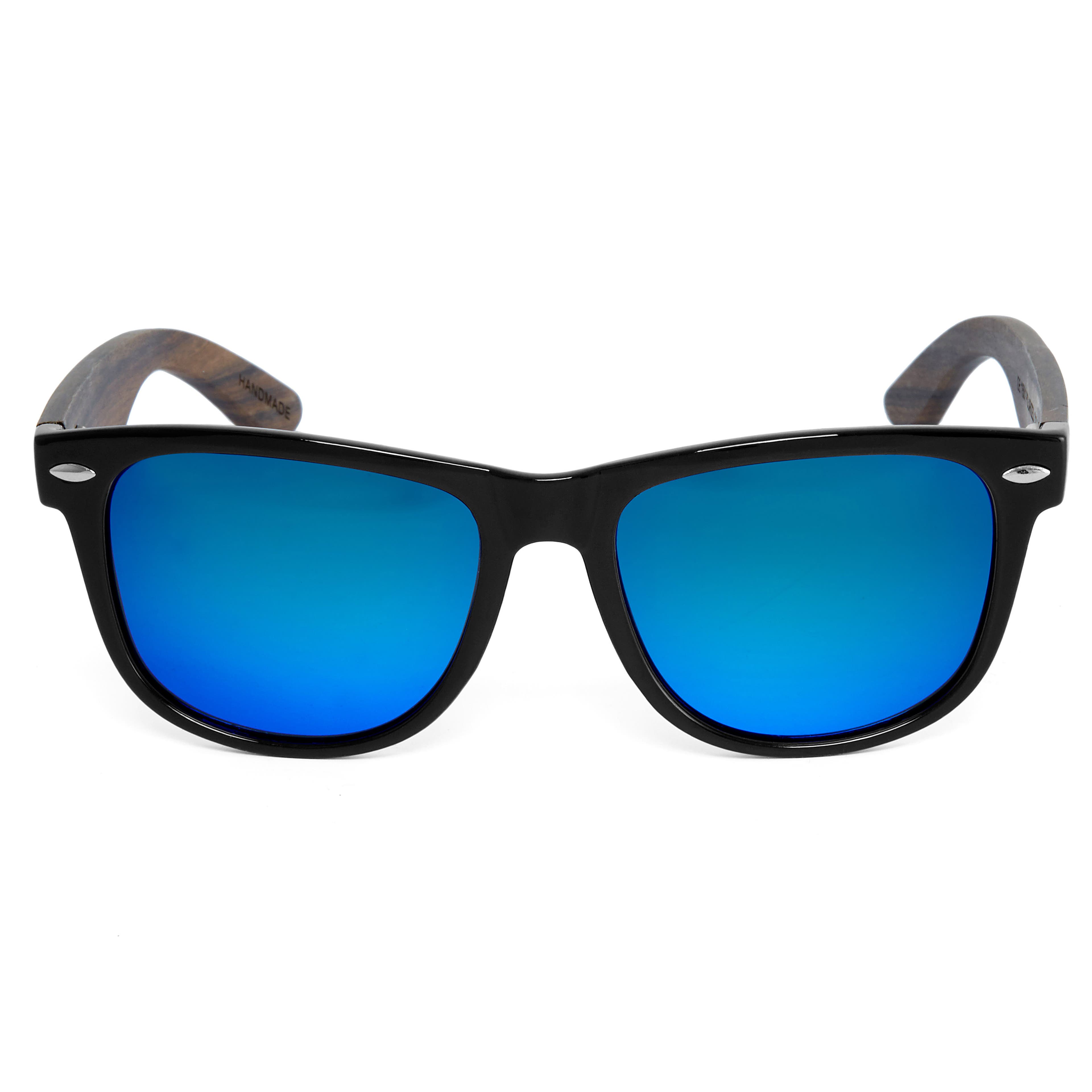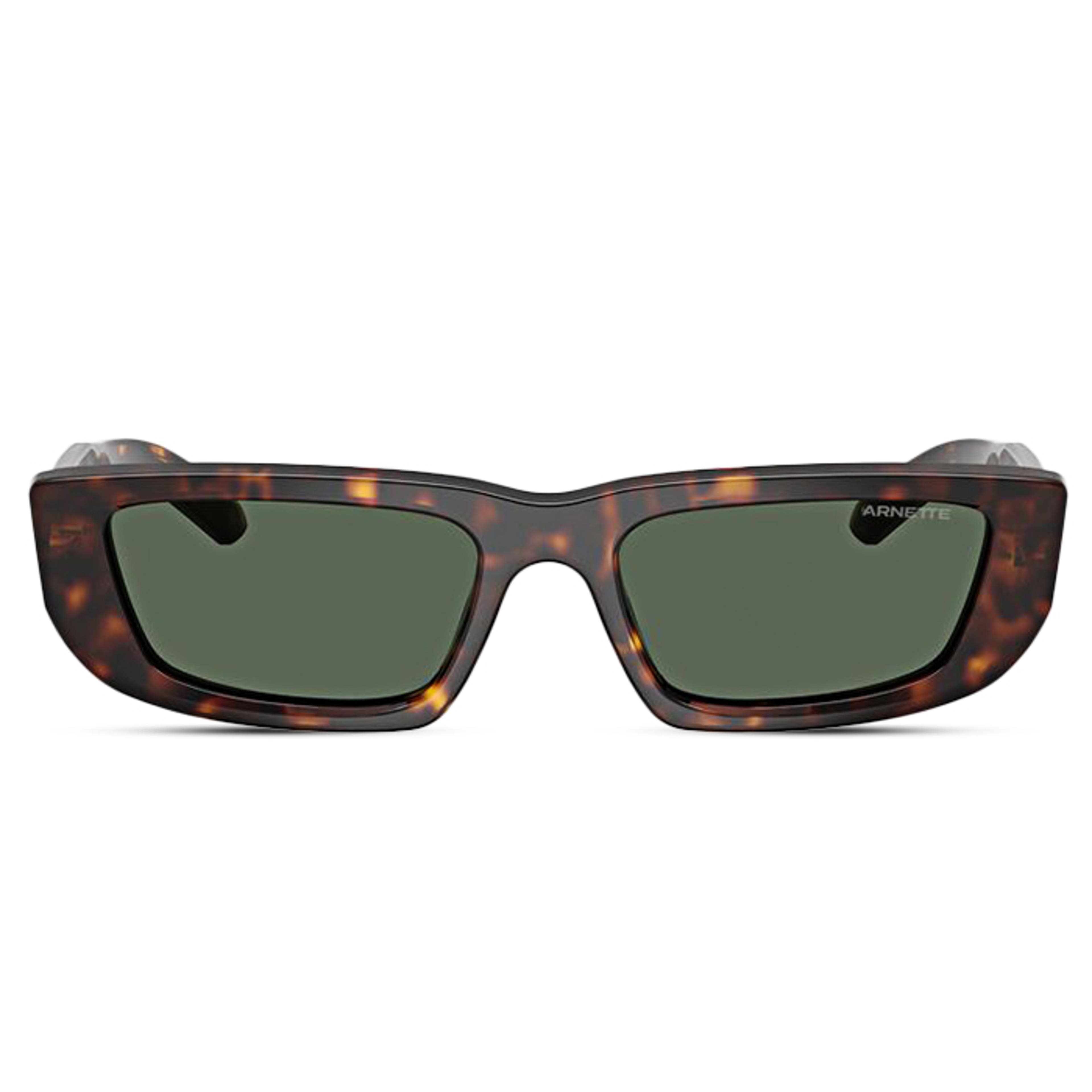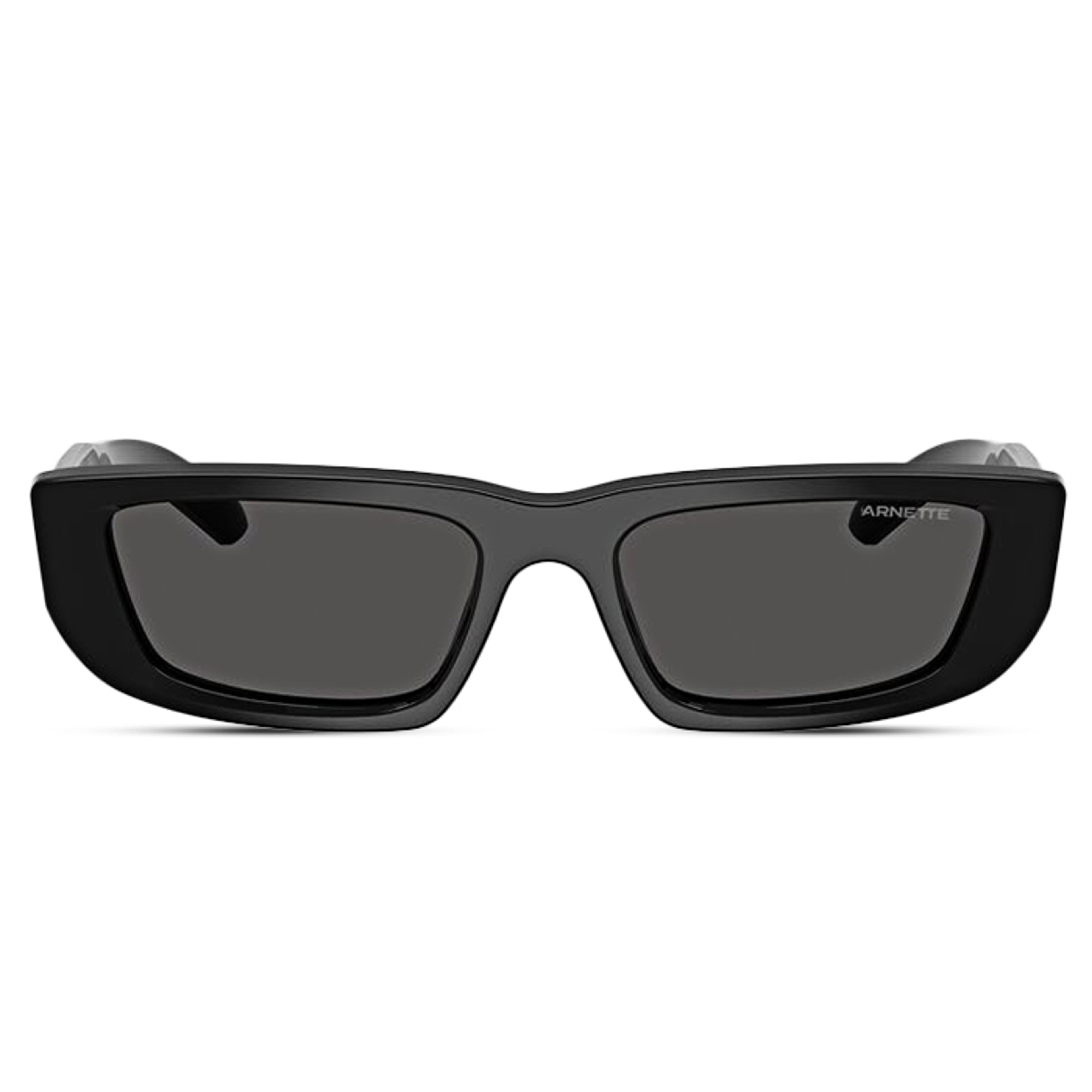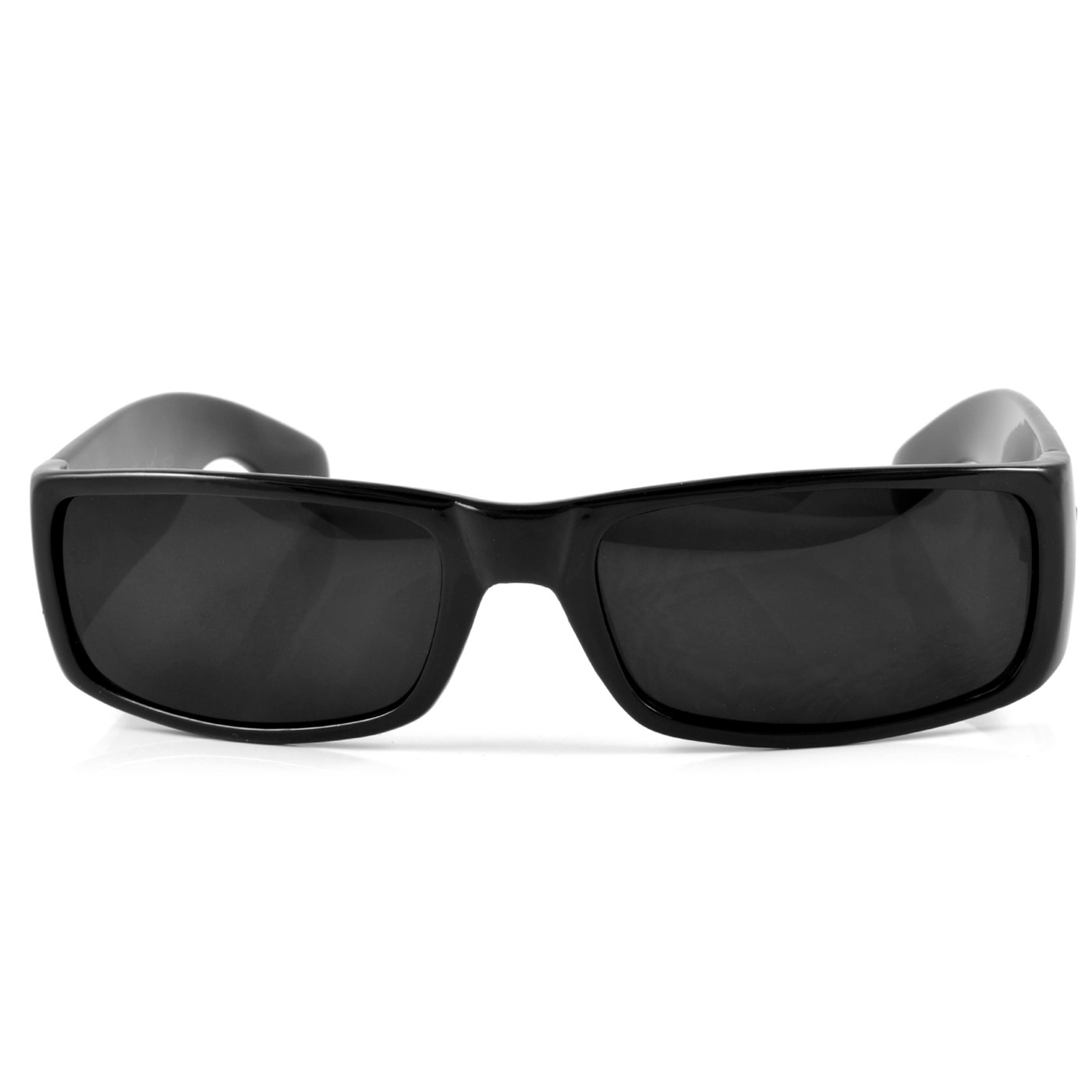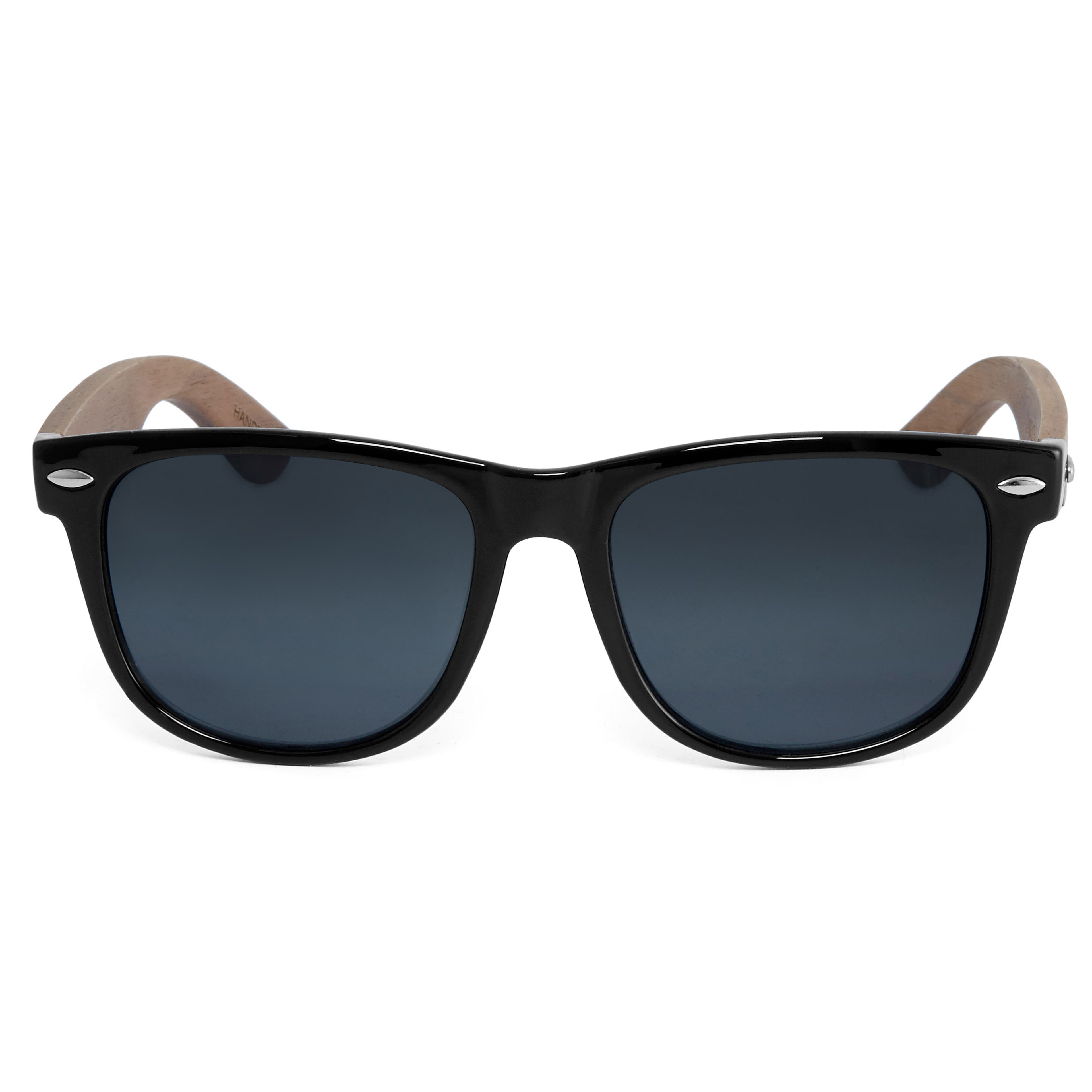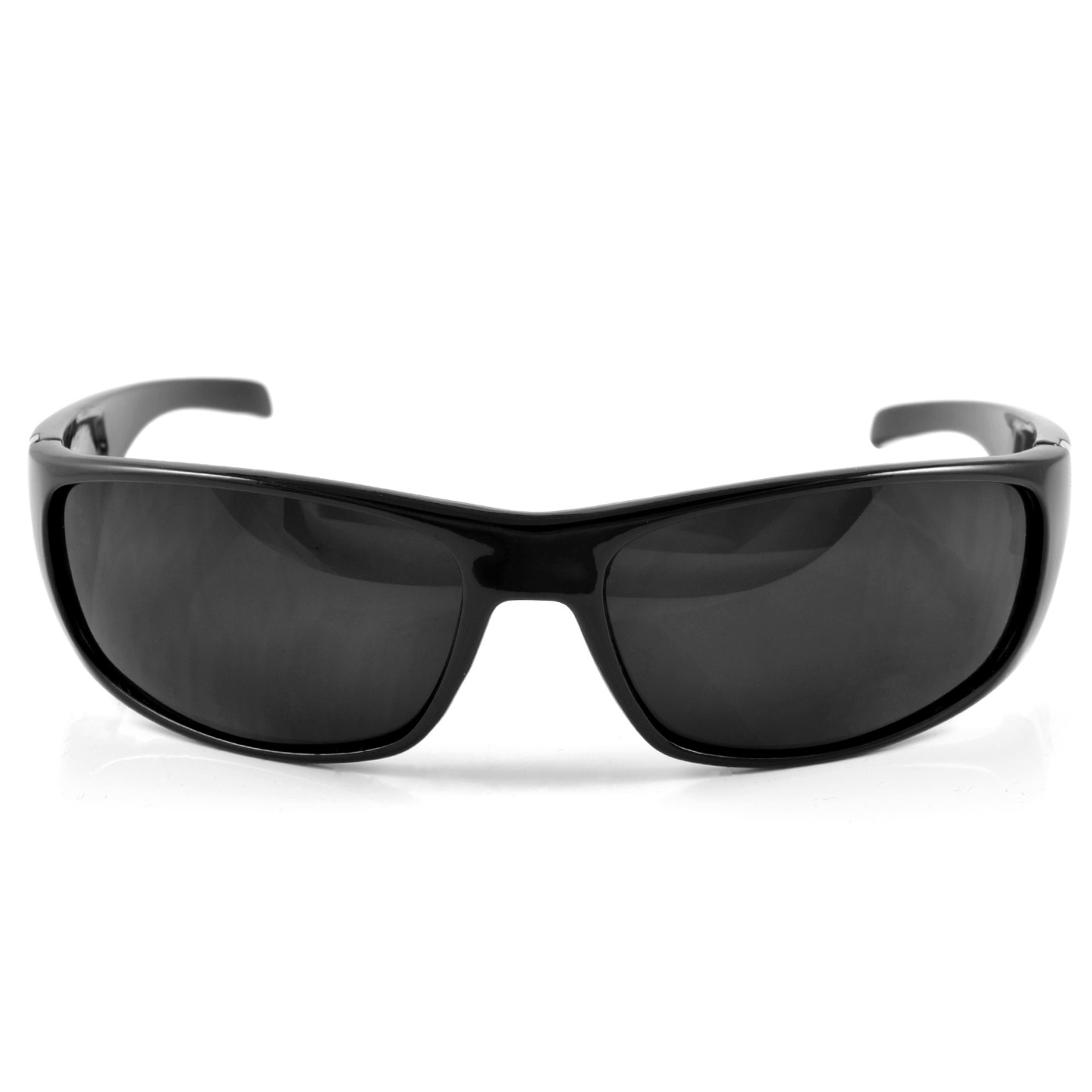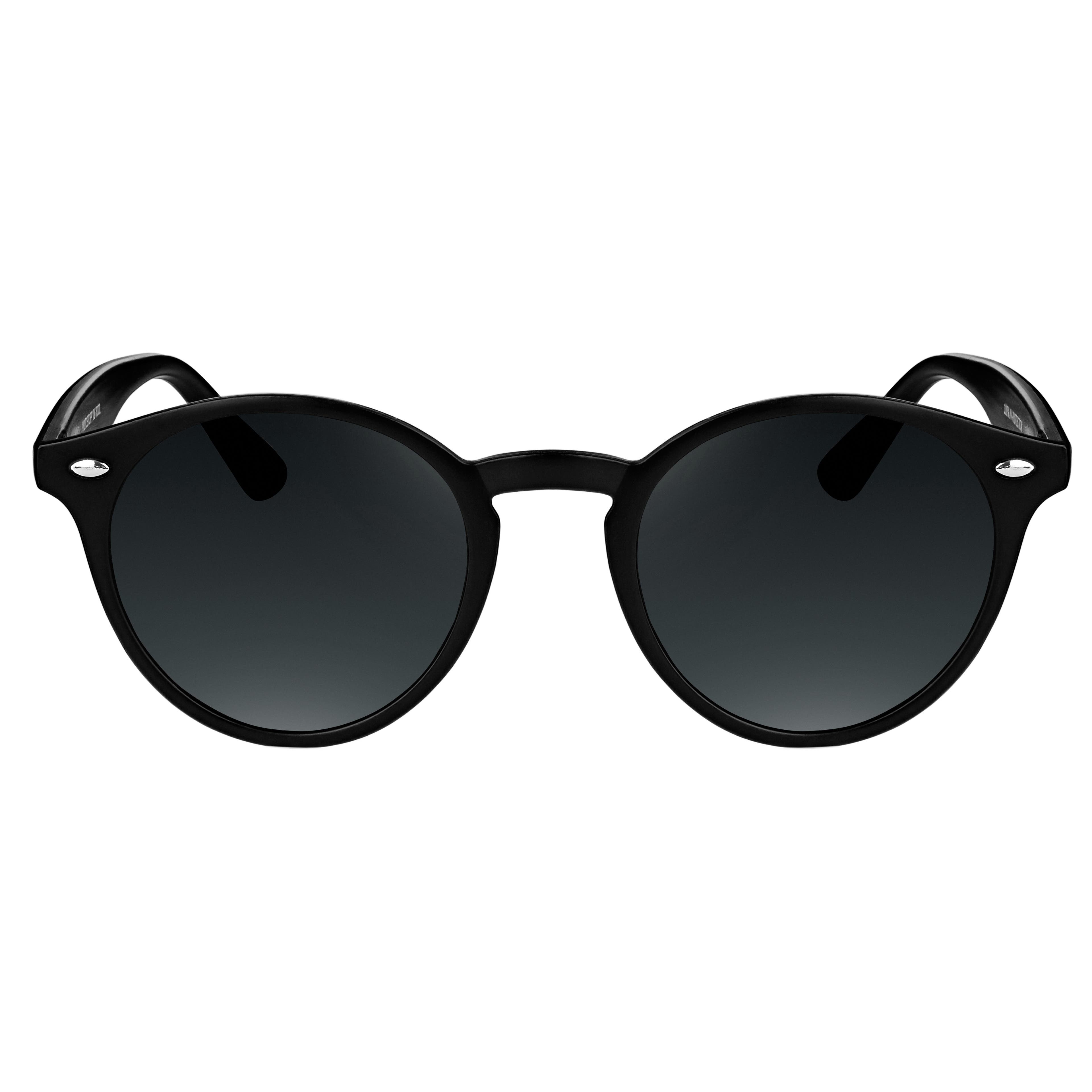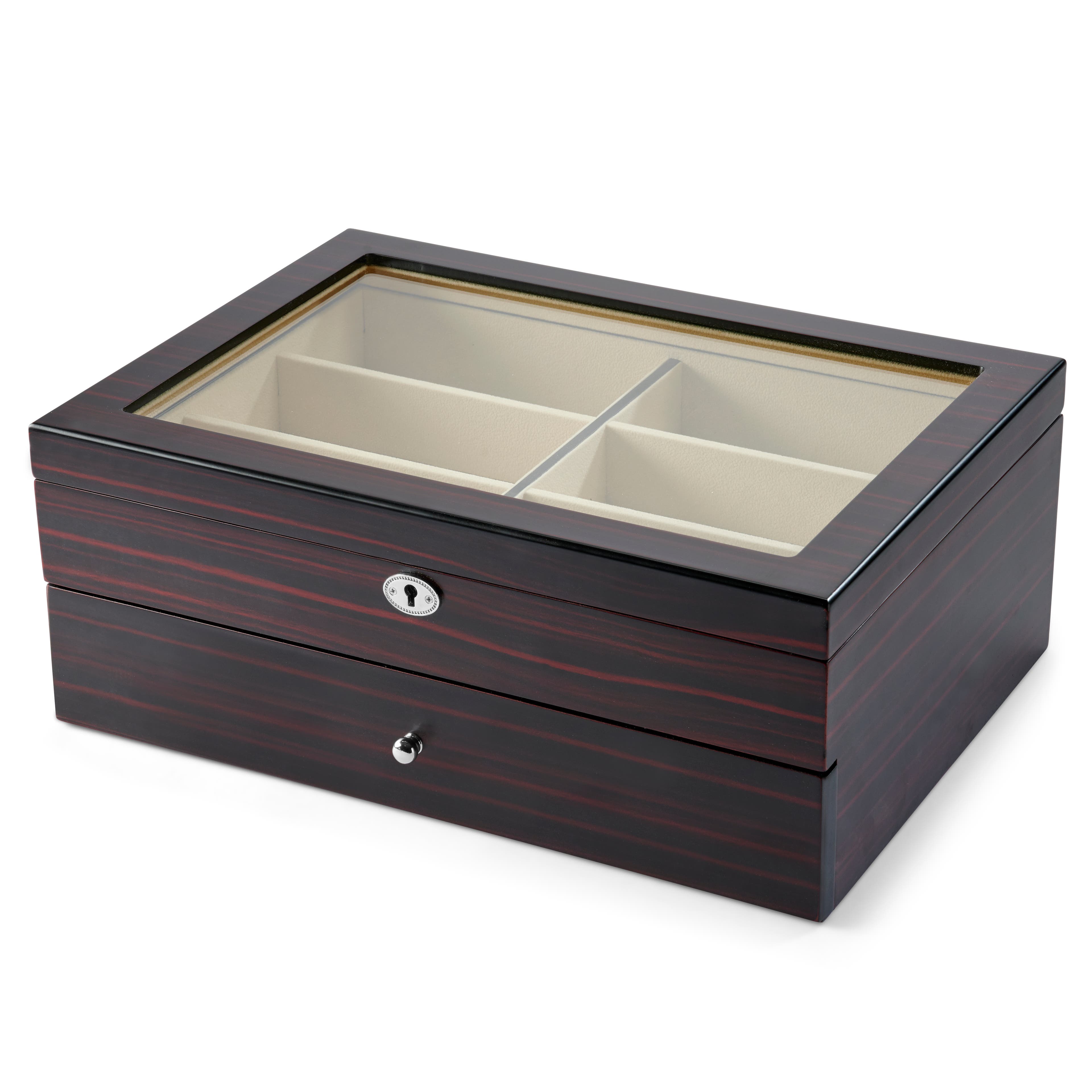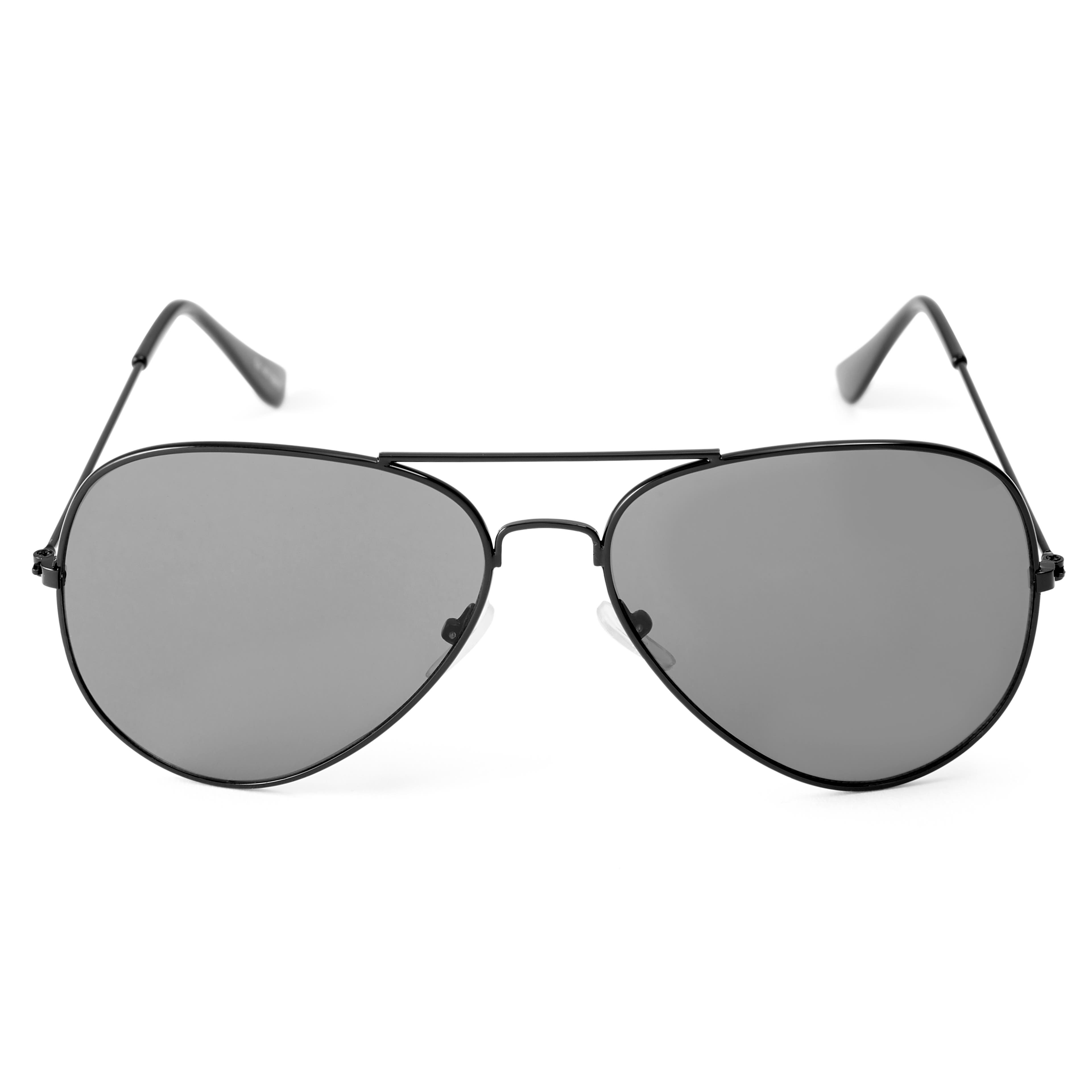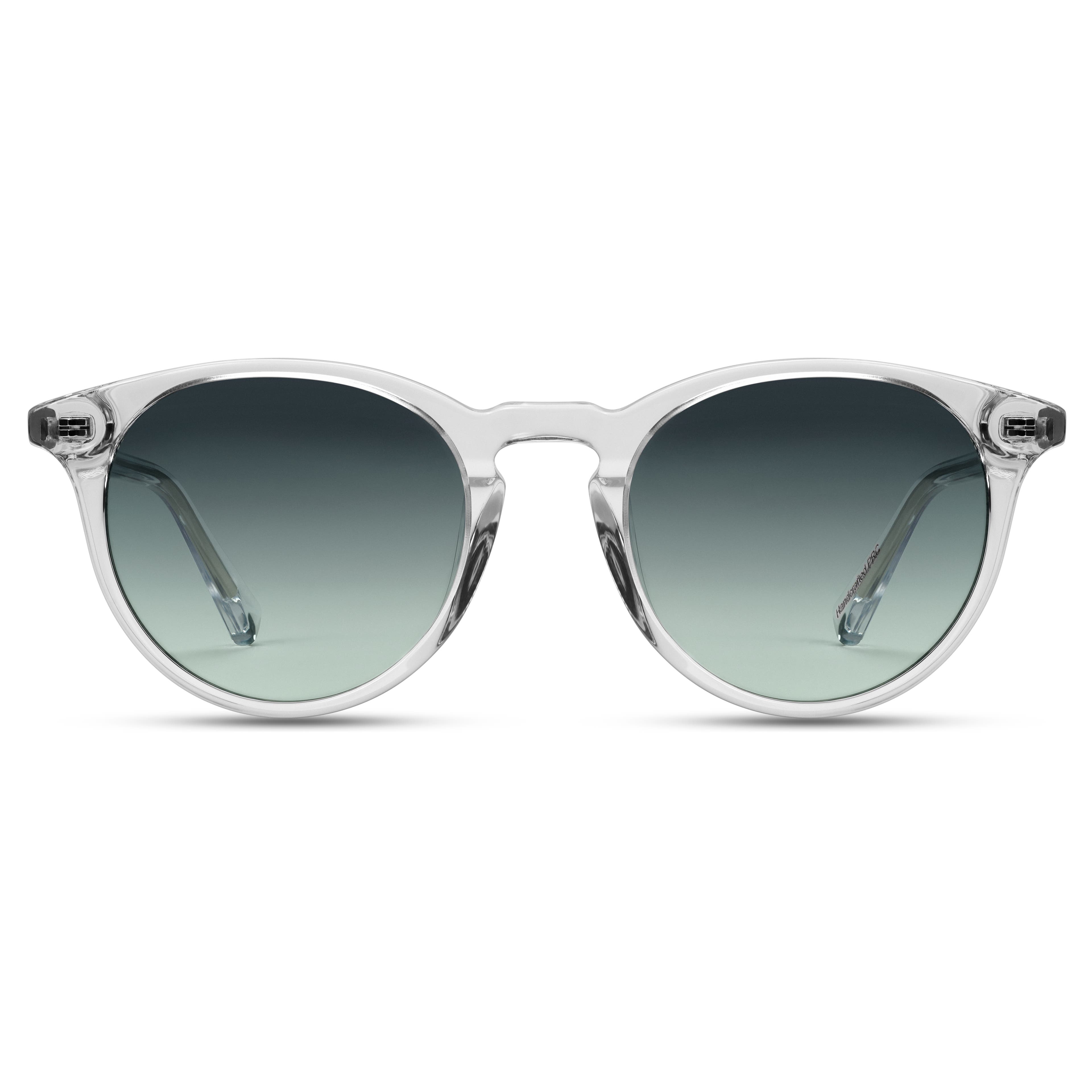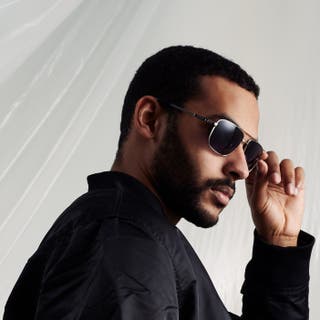
The Meaning of UV Protection on Sunglasses
What it is, how it works, and why you should care.
Let’s get one thing straight – UV protection has nothing to do with how dark your sunglasses are and polarisation is a third thing entirely. All are vital features to consider when picking the right pair of shades, but details about what is what can be hard to come by or even understand. So here’s all you need to know about UV protection on sunglasses.
UV Protection
Like almost everything else in the universe, light is a wave. Its wavelength determines the colour our brain assigns to the waves our eyes detect. Visible light has a wavelength of 400 - 700 nanometres (nm) – 700 being red and 400 being violet. This is the range of the electromagnetic spectrum we see as colour.

Waves over 700 are infrared. We don’t see infrared light, but we feel it as heat on our skin. Waves below 400 are ultraviolet. UV light is split into 3 categories, UV-A (315-400 nm), UV-B (280-315 nm), and UV-C (100-280 nm). The vast majority of UV-C is blocked by the ozone layer as it enters the atmosphere. 95% of the UV radiation our skin suffers is UV-A, a contributor to skin aging. 5% is UV-B, which causes skin burns. Both UV-A and UV-B damage the DNA in your skin cells, causing mutations that can lead to skin cancer, among other health risks.
When you buy glasses that offer “100% UV Protection,” those glasses are armed with a filter that blocks out all wavelengths in the UV range (10 - 400 nm). What UV400 stands for is basically “this pair of sunglasses blocks any wavelength below 400 nm.
So what’s the difference between UV400 and 100% UV protection? None. One is the technical term (UV400) and the other is an easier-to-understand claim about that term. Either pair of sunglasses will protect your eyes from UV light and allow you to go about your day without worrying about burnt corneas. But, as stated above, this has very little to do with the darkness of the shades. Just like sunscreen, almost transparent glasses can offer full UV protection since they’re blocking out wavelengths of light we can’t see anyway.
UV rays are present year-round and wearing sunglasses that provide 100% UV protection (UV400) is the easiest way to reduce the risk of developing several serious eye disorders.
Shade (or Tint)
So now, into the darkness we delve. When you squint at bright lights, you form grooves at the corners of your eyes and along the bridge of your nose. Do this consistently and for a long time and you won’t only develop permanent wrinkles in those areas (crow’s feet), but you’ll also give shade to thin strips of skin where it folds, adding discolouration to the mix.
Dark sunglasses let you relax the muscles around you eyes and go about your day without straining your face the whole time. This may be why people with sunglasses look more relaxed and confident next to their squinting friends.
But there’s danger here. Many people believe darker sunglasses give better UV protection. That’s simply not the case. There are inexpensive (let’s call them what they are: cheap) sunglasses that tone down the brightness but block none of the invisible UV light. These shades are downright dangerous. Why? When your eyes adapt to darkness, your pupils open to let in more light. If all your shades are doing is toning down the brightness, your pupils are letting far more UV-radiation escape into your eyes than if you were wearing no sunglasses at all. Cataracts, macular degeneration, and even the development of ocular melanoma – a rare form of cancer – are more likely to occur if your pupils are dilated and UV light is flooding freely into your eyes. This is why it’s important to know the difference and know exactly what wavelengths are being blocked by your glasses. Every pair of sunglasses we sell is rated UV400, meaning it’ll protect you from 100% of the UV spectrum – no matter how dark or light their tint.
For maximum protection that prevents wrinkles and UV damage to your eyes and surrounding skin, polarised UV400 wraparound shades are the way to go. ‘Cause your sunglasses will only protect you from the light coming through the lenses, so any waves sneaking in from the side, over, or under your sunglasses will have direct access to your eyes and the sensitive skin surrounding them. 5-10% of all skin cancers start around the eyes.
For everything else about sunglasses, read our ultimate guide to sunglasses.
If you're ready to buy sunglasses with the right protection, see our entire range of sunglasses here.
